When it comes to creating the perfect lighted vanity mirror setup, understanding wattage is essential. Whether you're revamping your bathroom or upgrading your bedroom vanity, knowing how much power your LED arrays require is key to achieving a balance between aesthetics, functionality, and energy efficiency. If you're a homeowner or DIY enthusiast in the U.S., this guide will help you seamlessly calculate wattage for your vanity mirror LED arrays while ensuring the most efficient and attractive lighting.
Why Wattage Matters in Lighted Vanity Mirrors
Before we start crunching numbers, it’s important to understand why wattage matters for lighted vanity mirrors. Wattage essentially determines how much power your LED arrays consume. The right wattage ensures proper illumination so you can apply makeup, groom, or simply admire your reflection without any shadows or uneven lighting.
Benefits of Choosing the Right Wattage
· Energy Efficiency: LED lighting is already more efficient than traditional bulbs, but selecting the right wattage ensures you're not overloading your power supply or wasting energy.
· Optimal Brightness: Too much or too little wattage can either create unpleasant glare or insufficient illumination.
· Cost Savings: Proper wattage means reduced energy consumption and lower electricity bills over time.
Key Factors to Consider Before Calculating Wattage
Before you determine wattage for your lighted vanity mirror, there are several factors to consider. These variables will help you decide how much power your LEDs will need to create the desired lighting effect.
1. Size of the Mirror
The size of your vanity mirror directly affects the number of LEDs and, therefore, the total wattage. Larger mirrors naturally require more lighting to cover their surface evenly.
2. Brightness Preference
How bright do you want your vanity mirror to be? Brightness in LEDs is measured in lumens:
· Soft Glow (200-400 lumens) suits a more ambient look.
· Moderate Brightness (400-600 lumens) provides functional lighting for tasks like grooming or skincare.
· High Brightness (600-1000 lumens) is ideal for detailed activities like applying makeup.
For reference, most lighted vanity mirrors fall between 400 to 800 lumens.
3. Color Temperature
Color temperature, measured in Kelvins (K), impacts the type of light your LEDs emit:
· Warm White (2700K-3000K) is soft and flattering, perfect for relaxed settings.
· Neutral White (3500K-4500K) mimics daylight and is ideal for grooming or makeup application.
· Cool White (5000K-6500K) is crisp and energizing, best for task-oriented lighting.
4. LED Strip or Bulb Specifications
Check the packaging or product details for your LED strip or bulbs. They typically display wattage per foot or per bulb.
5. Number of LED Strips or Bulbs Needed
The number of strips or bulbs required depends on the dimensions of your lighted vanity mirror. For example, a border-lit mirror might need LED strips running along all four sides.
The Formula to Calculate Wattage
Once you’ve considered the above factors, calculating the wattage for your lighted vanity mirror becomes simple. Here’s the step-by-step process:
1. Identify the Wattage per Foot or Bulb
Every LED product specifies its wattage, usually in terms of watts per foot (for LED strips) or watts per bulb. For instance:
· LED Strip Example: If the wattage is 4 watts/foot, that’s what you’ll use in your calculations.
· LED Bulbs Example: Standard LED bulbs for vanity setups might consume 6-10 watts each.
2. Measure the Total Length or Count the Bulbs
For LED Strips:
Measure the perimeter of your vanity mirror to determine how many feet of LED strips you’ll need. Multiply the total length by the wattage per foot.
Formula:
Total Wattage = Length of LED strip (ft) × Wattage per foot
For example, if your mirror requires 10 feet of LED strips with 4 watts/foot:
10 ft × 4 watts/foot = 40 watts
For LED Bulbs:
Count the number of LED bulbs needed to border your mirror. Multiply the total number of bulbs by the wattage per bulb.
Formula:
Total Wattage = Number of bulbs × Wattage per bulb
For instance, if your mirror calls for 6 bulbs and each uses 8 watts:
6 bulbs × 8 watts = 48 watts

3. Add Extra Wattage for Padding
It’s always a good idea to add a 10-20% buffer to your total wattage. This ensures your LEDs perform optimally even if there are minor changes in measurements or power supply fluctuations.
For instance, if your initial calculation is 48 watts, adding a 20% buffer yields:
48 watts + (48 × 0.2) = 57.6 watts
4. Factor in Your Power Source
Make sure the power supply or transformer you use matches or exceeds the total wattage plus the buffer. For example, if your total wattage is 57.6 watts, choose a power supply that provides 60-70 watts.
Practical Tips to Optimize LED Wattage
To make sure your lighted vanity mirror is perfect, here are some practical tips:
Opt for Dimmable LEDs
Dimmable features offer flexibility. You can adjust the brightness to suit different needs.
Choose Wellfor Products for Reliability
Wellfor offers a wide range of lighted vanity mirrors designed to balance power consumption and performance. Their mirrors come with integrated LEDs, eliminating guesswork when it comes to wattage.
Consider Energy-Saving Features
LEDs are already energy-efficient, but some advanced mirrors include features like automatic shutoff or touch sensors for added savings.
Install the Right Power Drivers
Using a power driver that matches your calculated total wattage ensures your LEDs run without flickering or overheating.
Common Mistakes to Avoid
Even with the best intentions, mistakes can happen—but you can avoid them by being informed!
Misjudging Mirror Dimensions
Always double-check your measurements. Round up to the nearest foot to prevent underestimating.
Overloading the Power Supply
Ensure your power supply exceeds your total wattage. A mismatch can lead to flickering or reduced LED lifespan.
Ignoring Wattage Buffers
Skipping the 10-20% buffer may result in power strain, especially if you expand your setup in the future.
Choosing Incorrect Color Temperatures
Warm tones are great for ambiance, but neutral or cool tones are better for accuracy in makeup application.
Wrapping Up
Calculating wattage for an LED lighted vanity mirror doesn’t have to be overwhelming. By understanding factors like mirror size, brightness preferences, and LED specs, you can easily determine the power needed for a flawless lighting setup. Don’t forget to include a wattage buffer for peace of mind.
Whether you're customizing your vanity with LED strips or going for a pre-designed mirror, brands like Wellfor ensure quality, energy-efficient designs that offer both style and functionality. Once you’ve nailed the perfect wattage, your lighted vanity mirror will not only be practical but also a stunning focal point in your space!

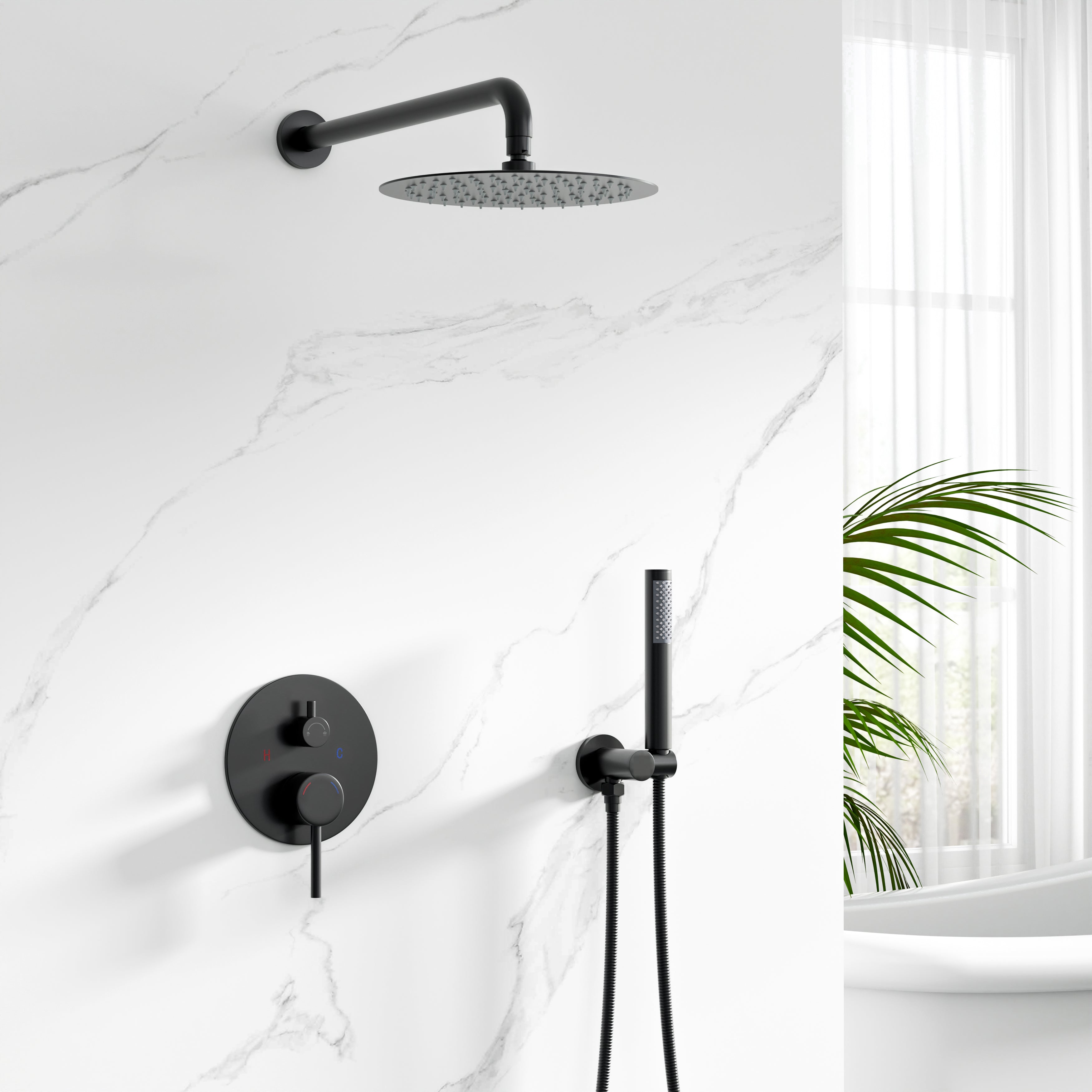
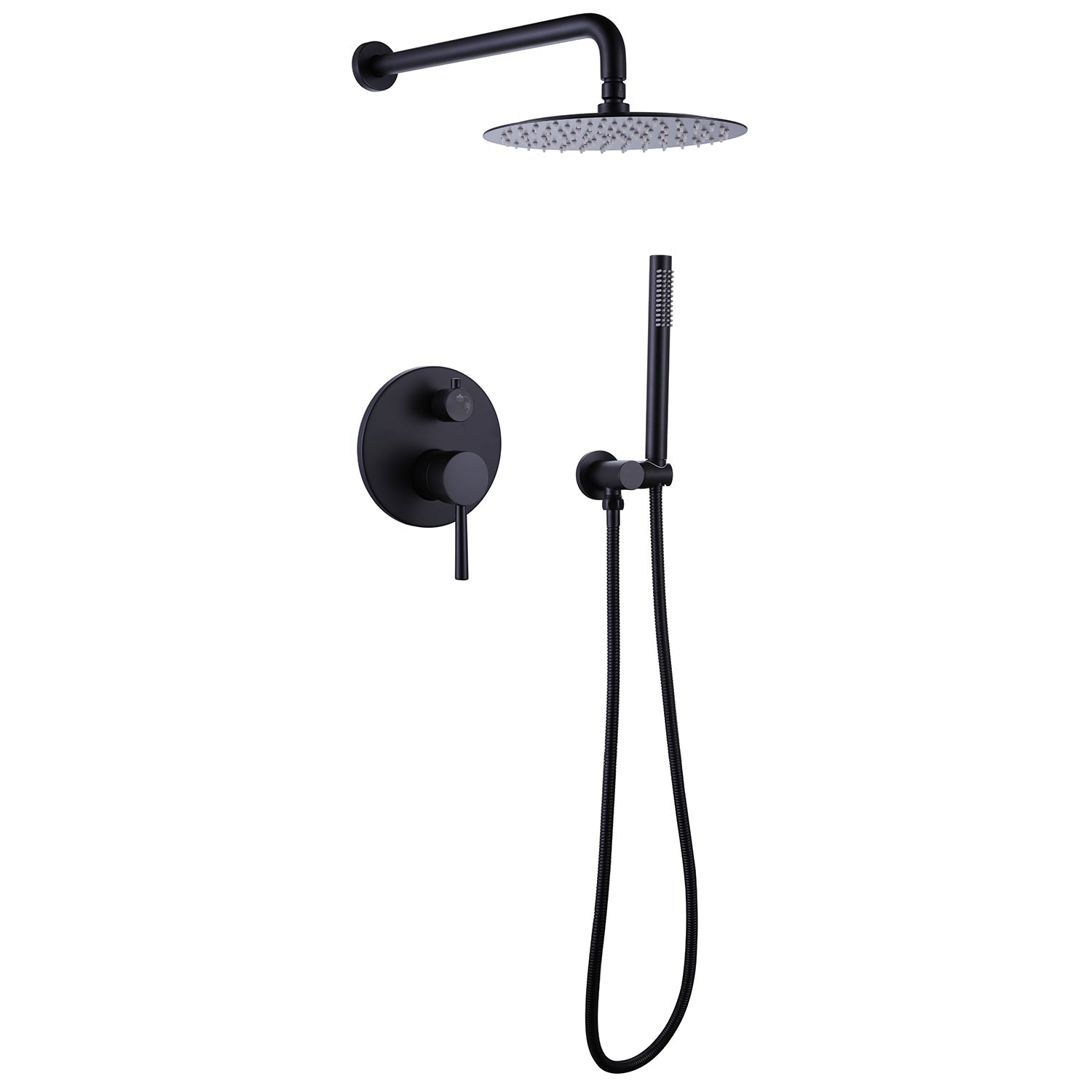


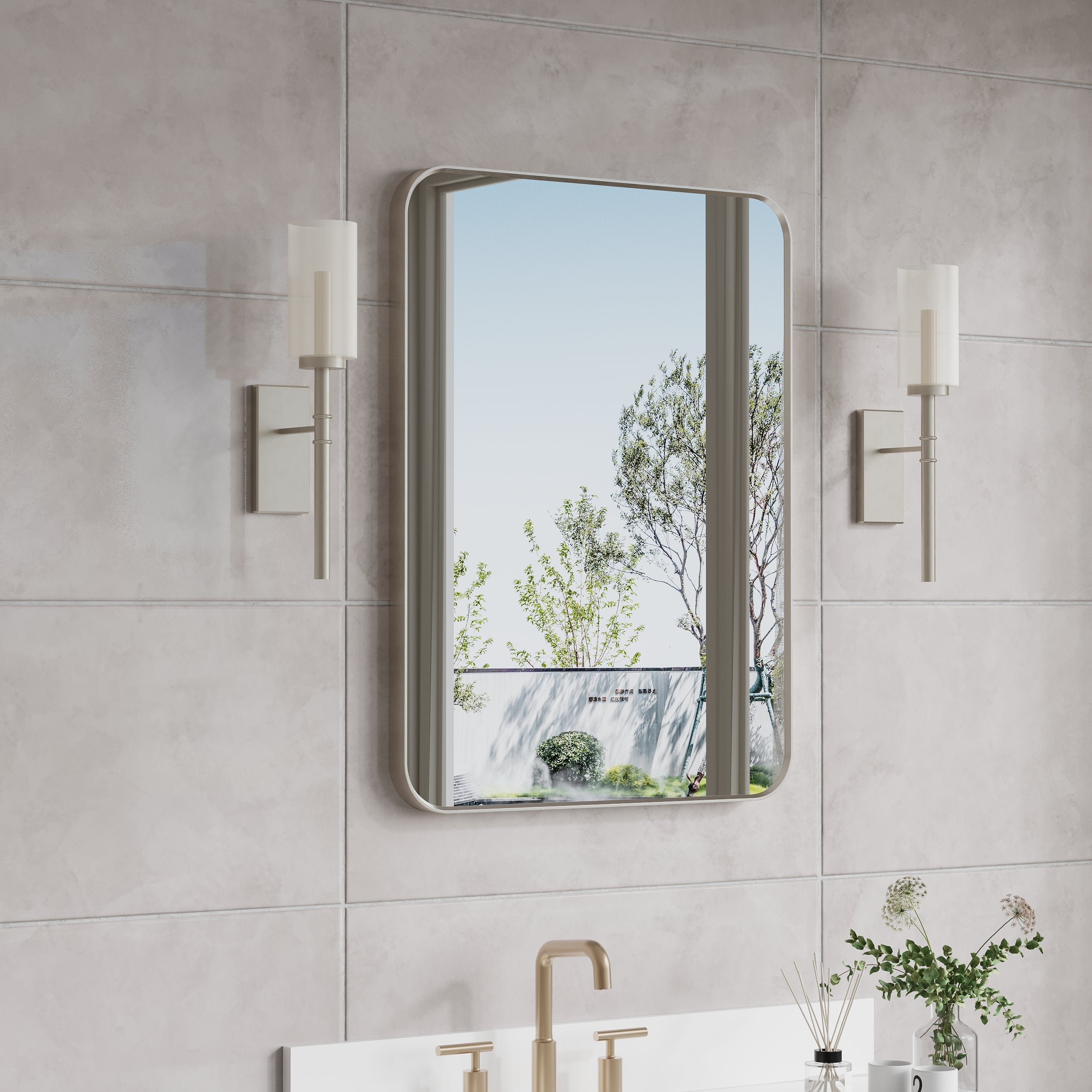
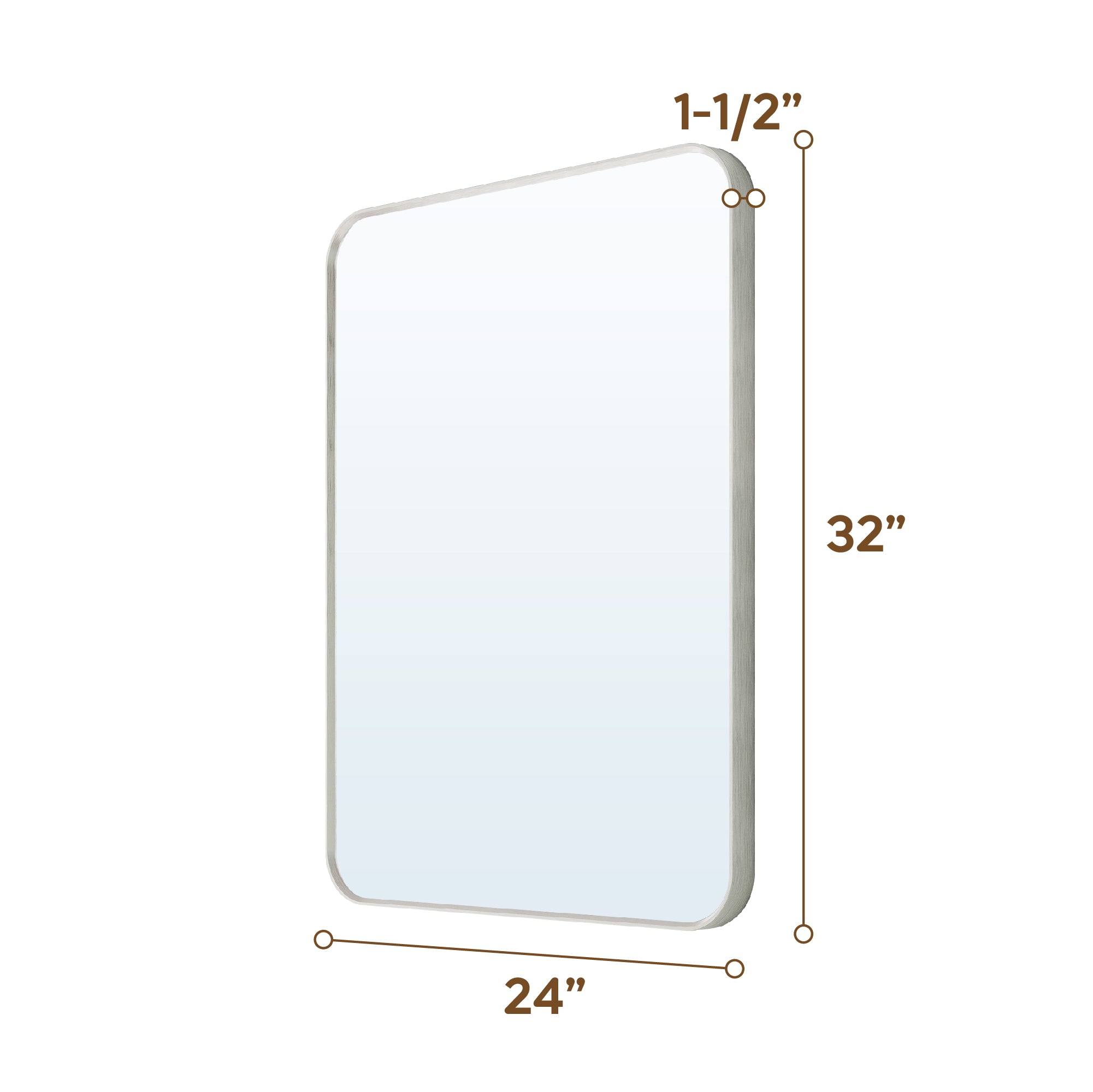
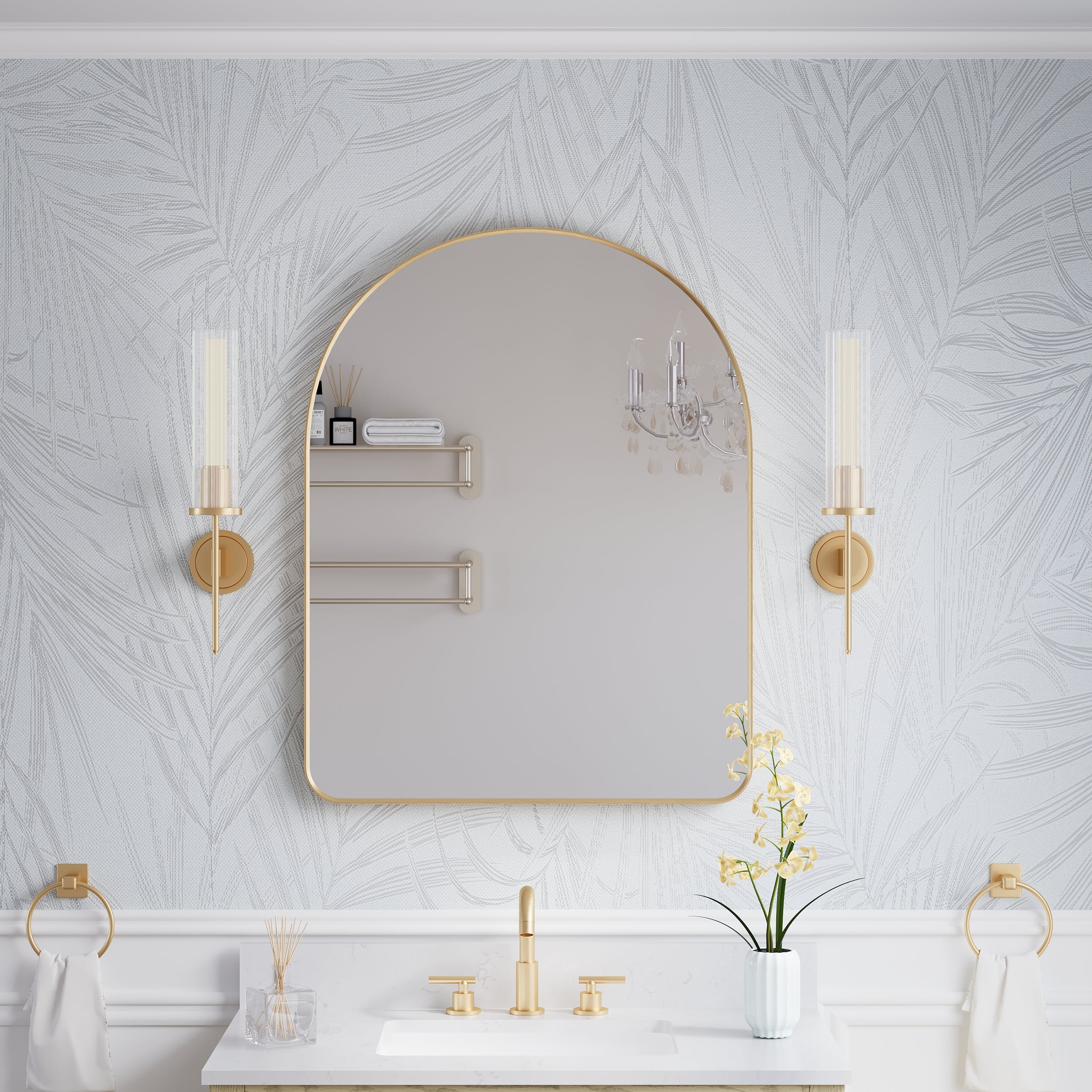
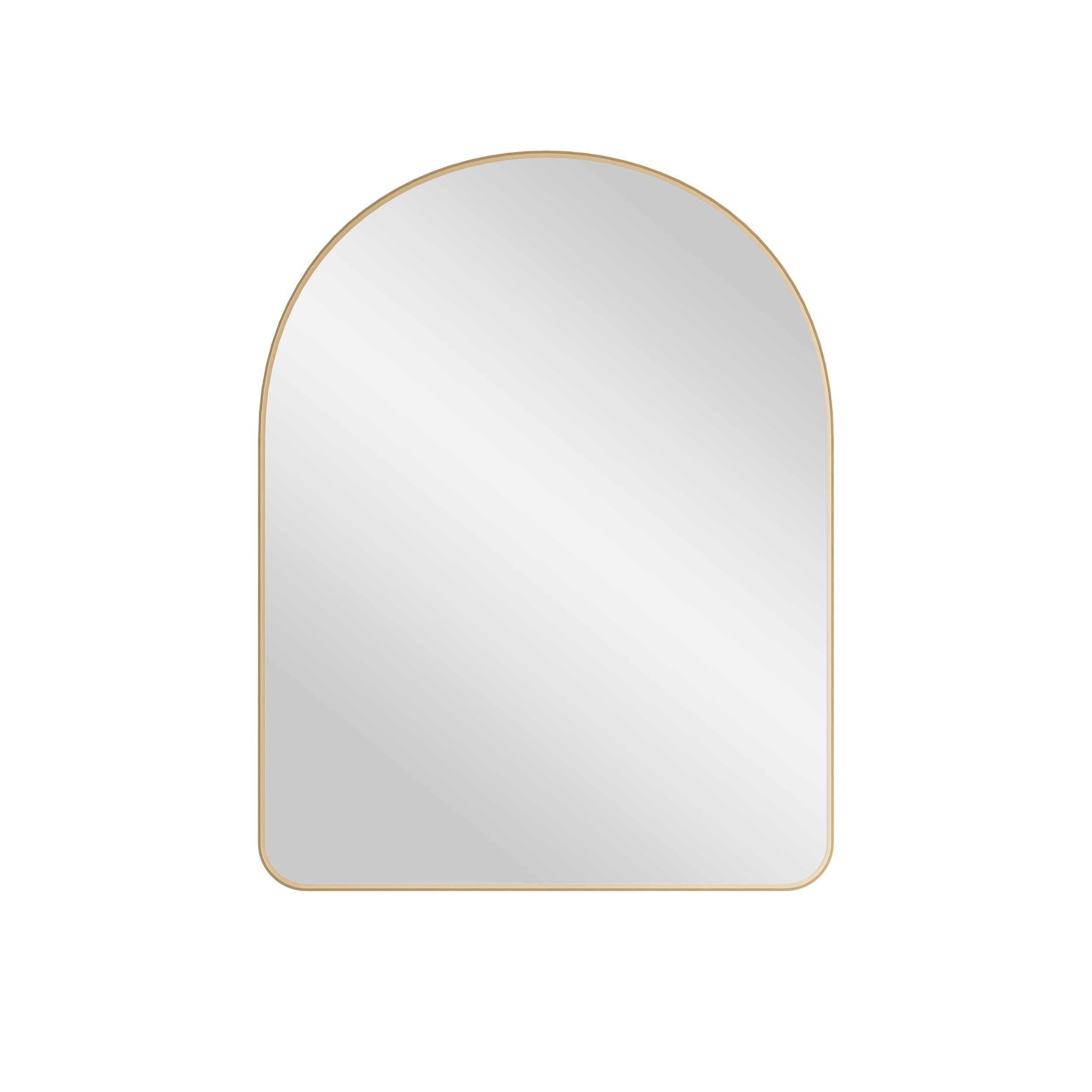
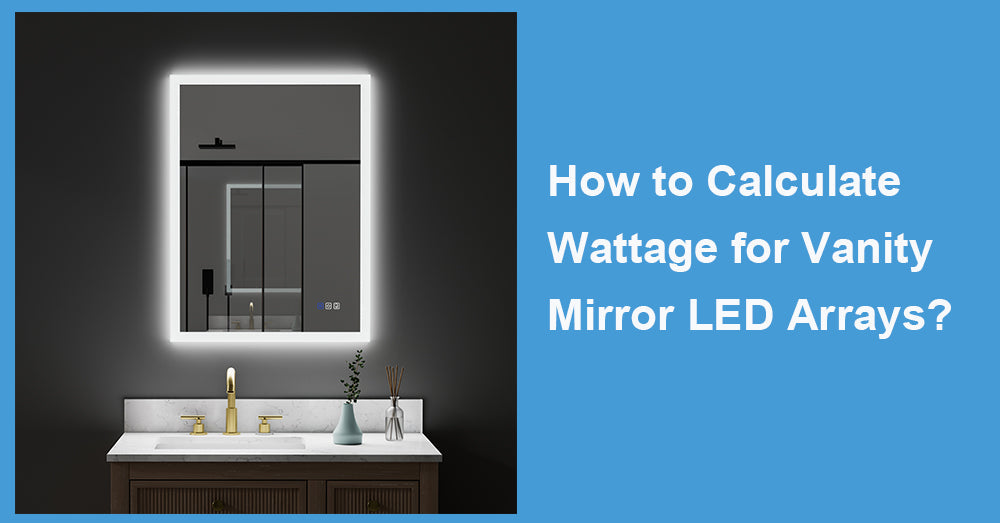
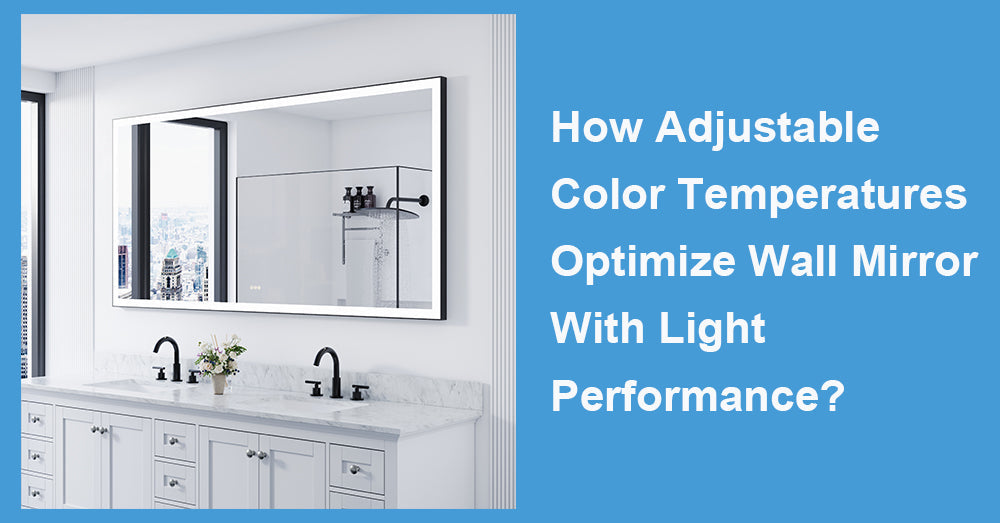
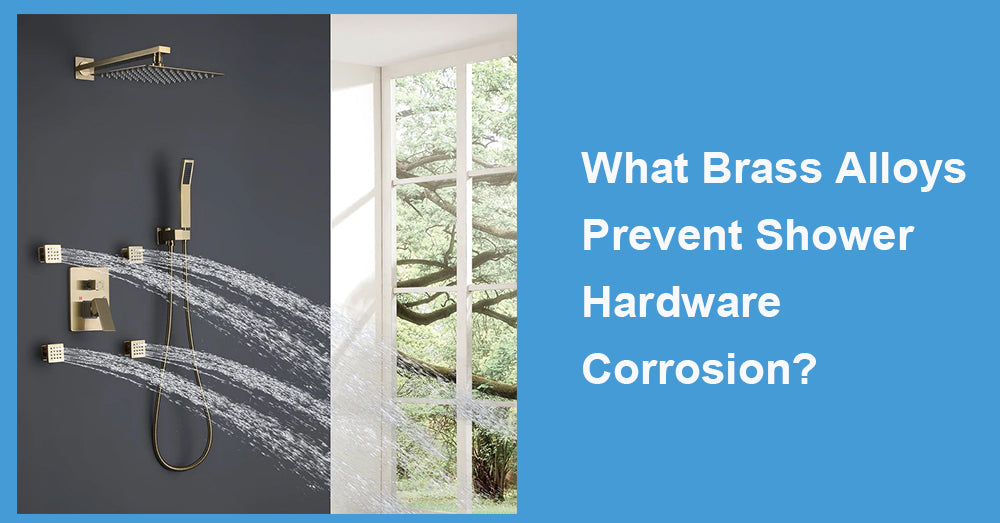
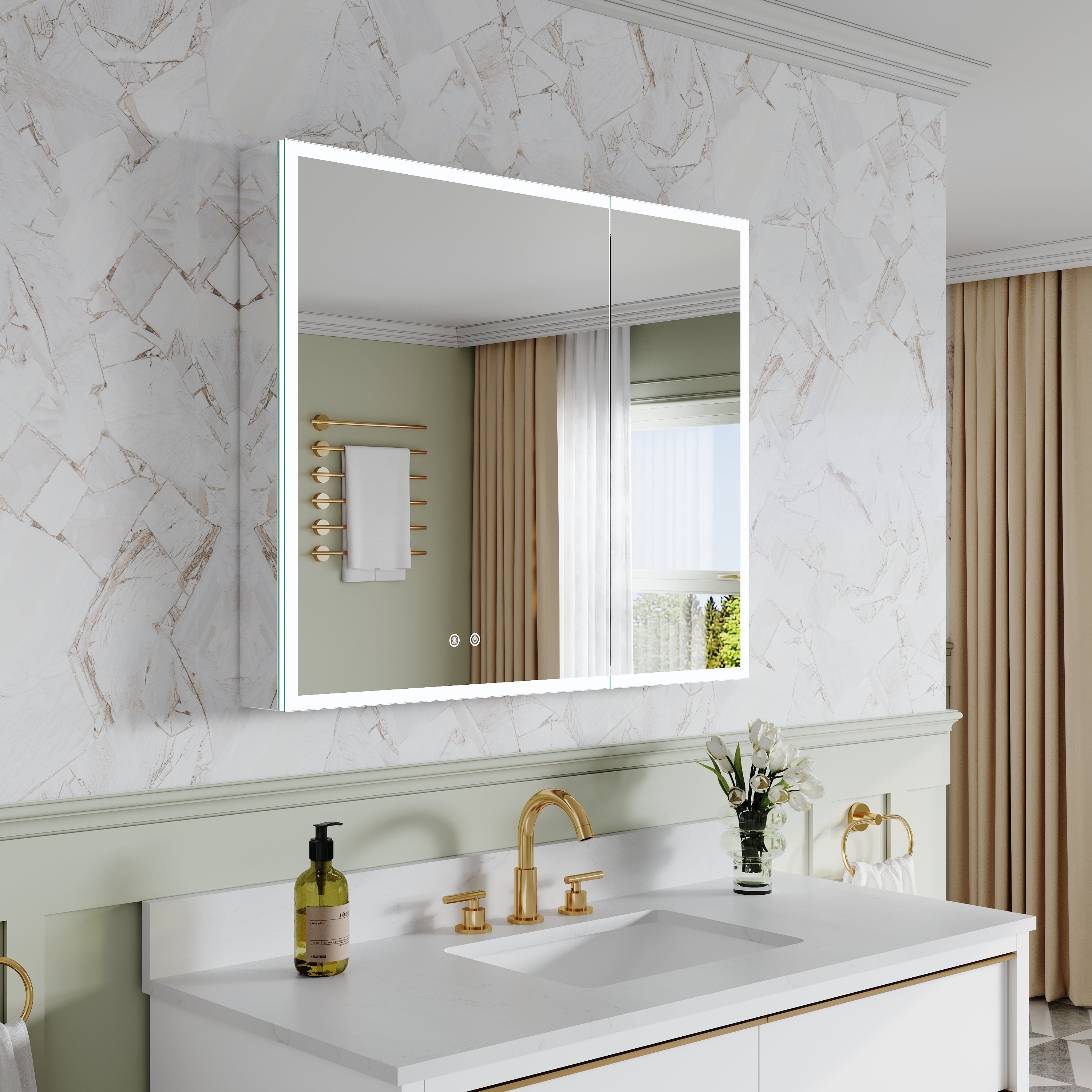
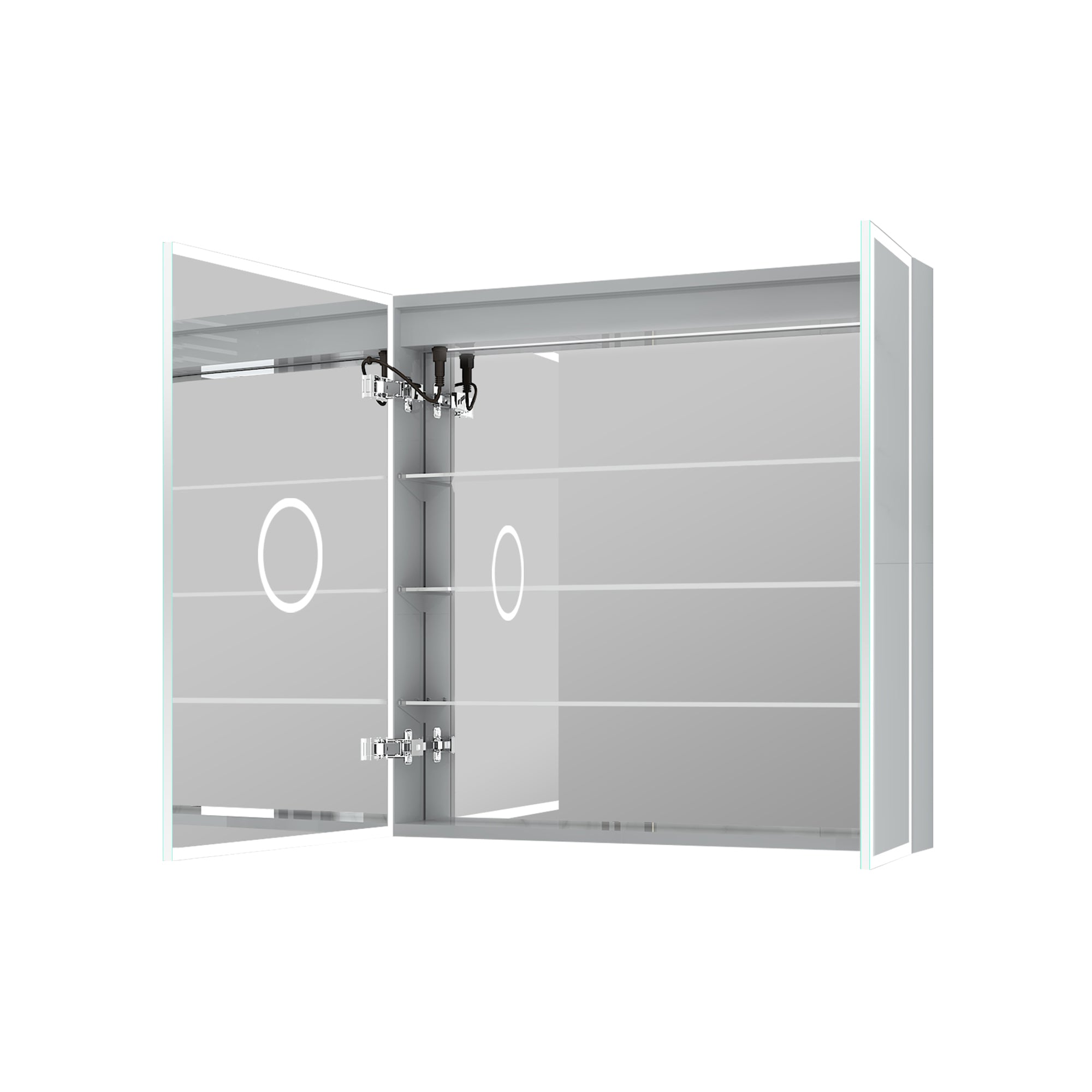


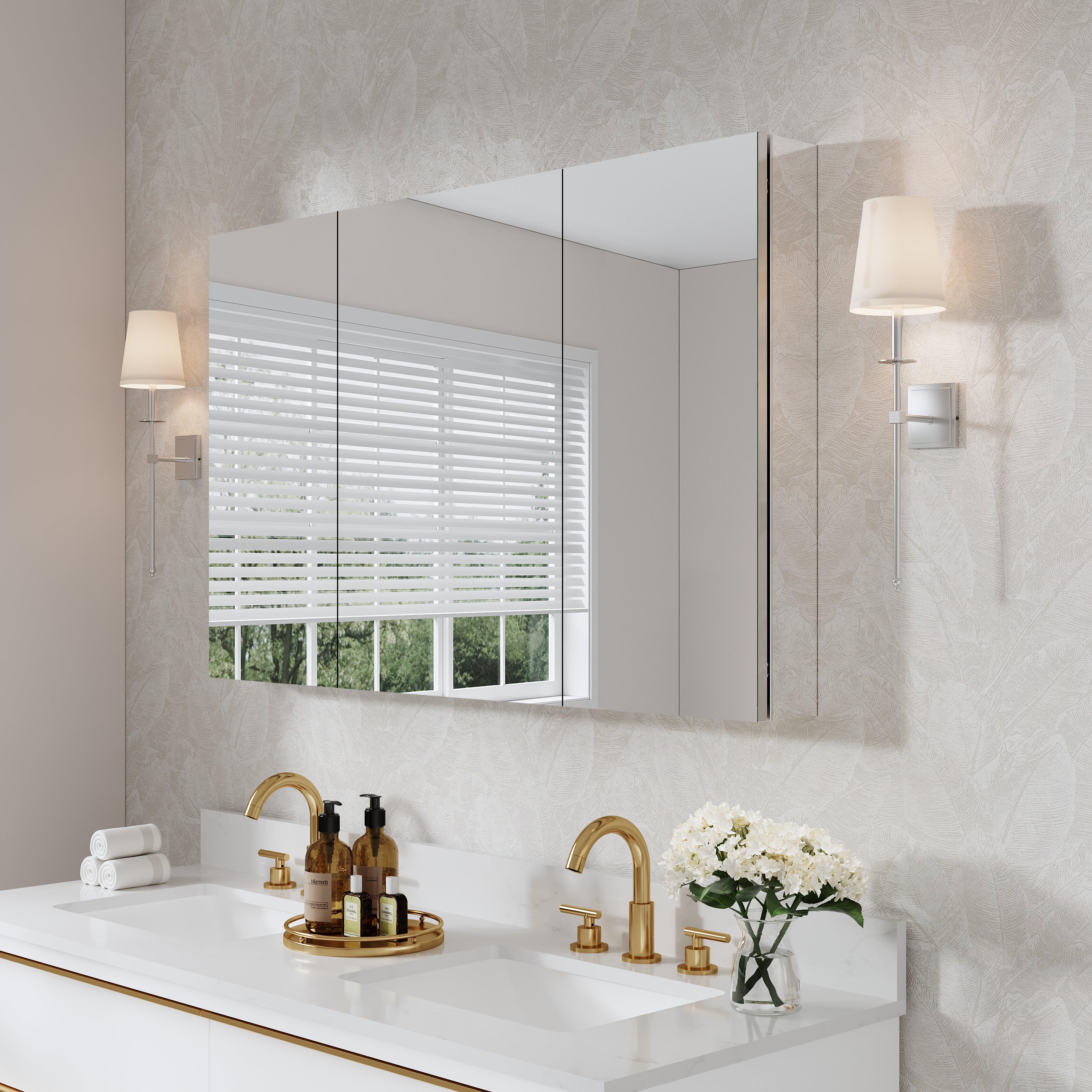
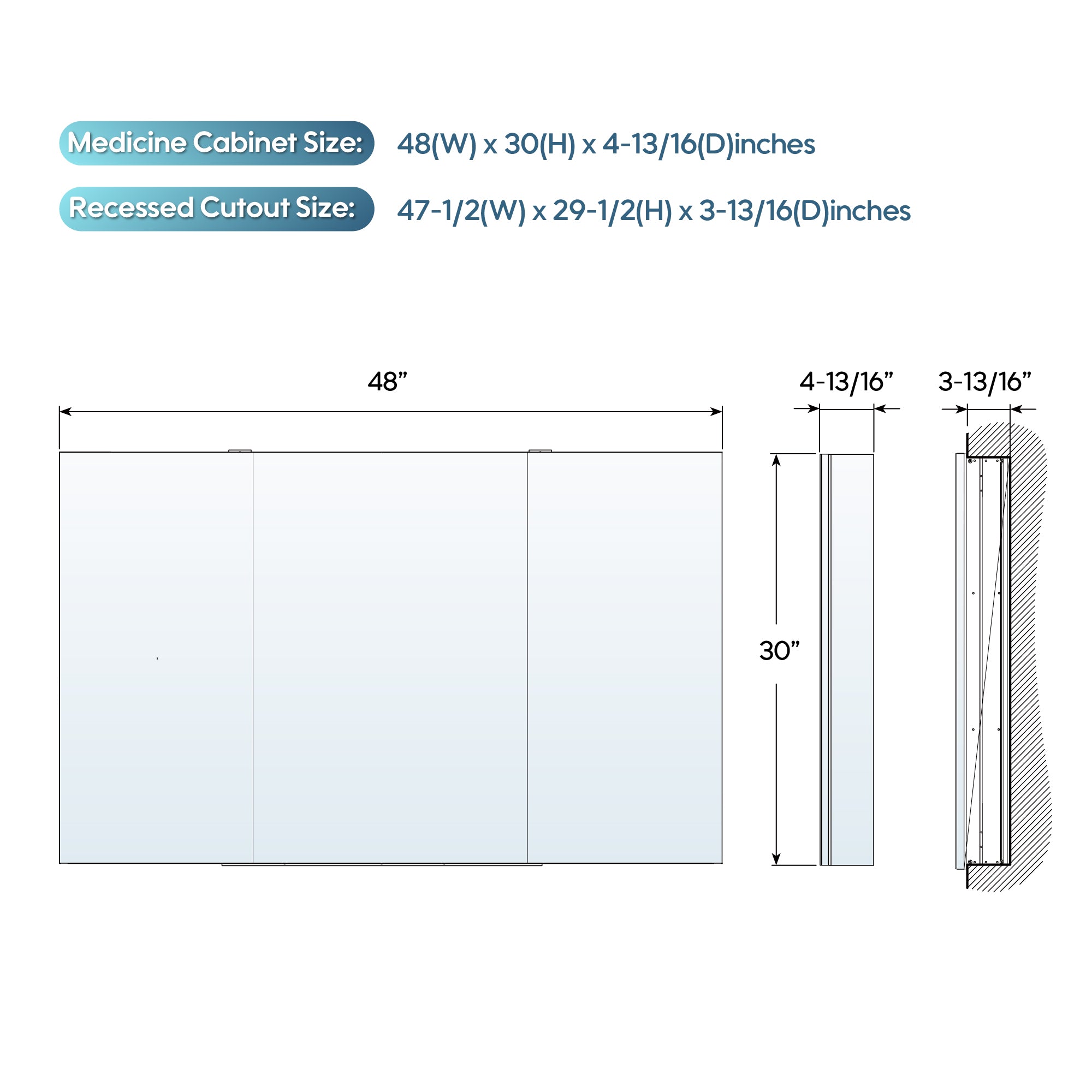
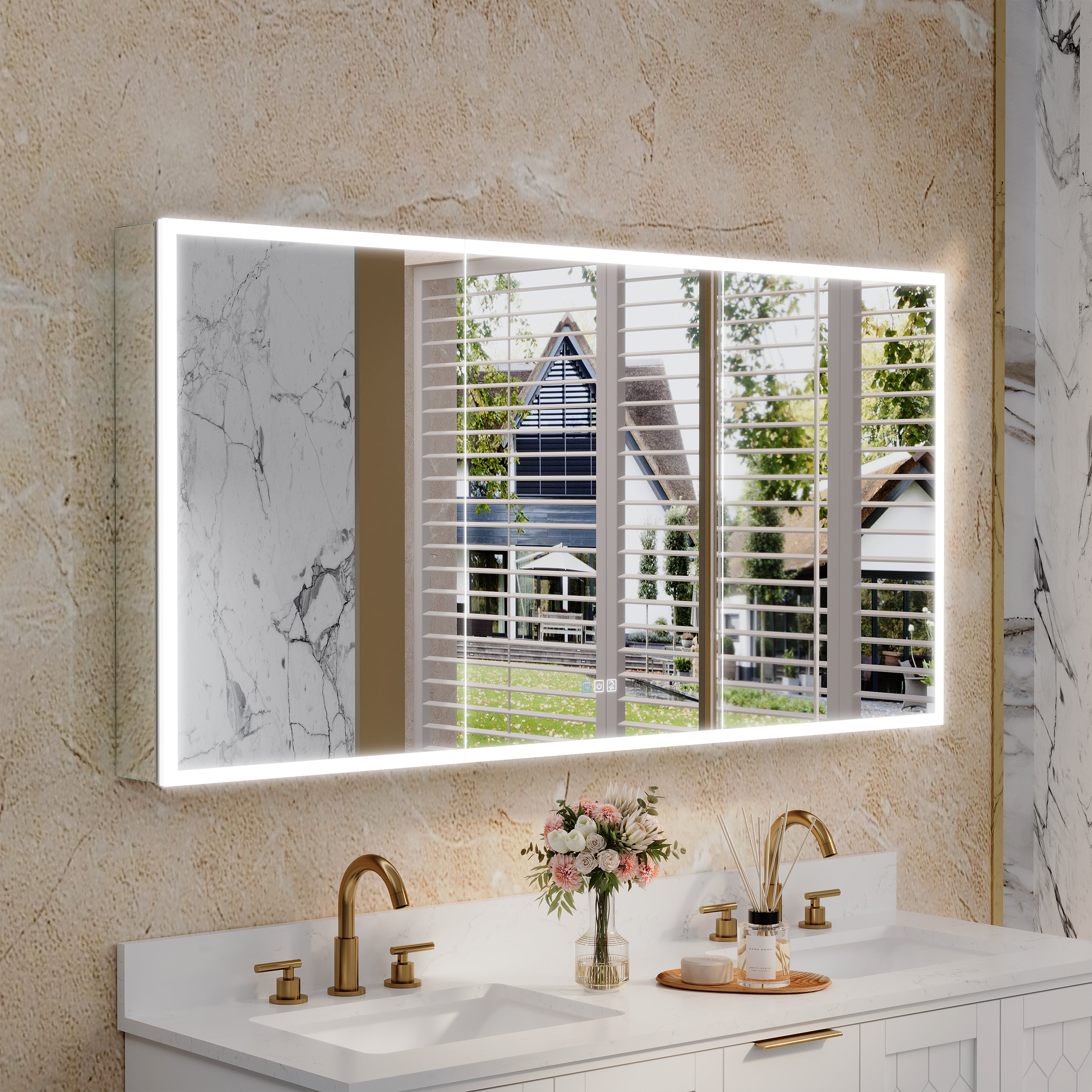

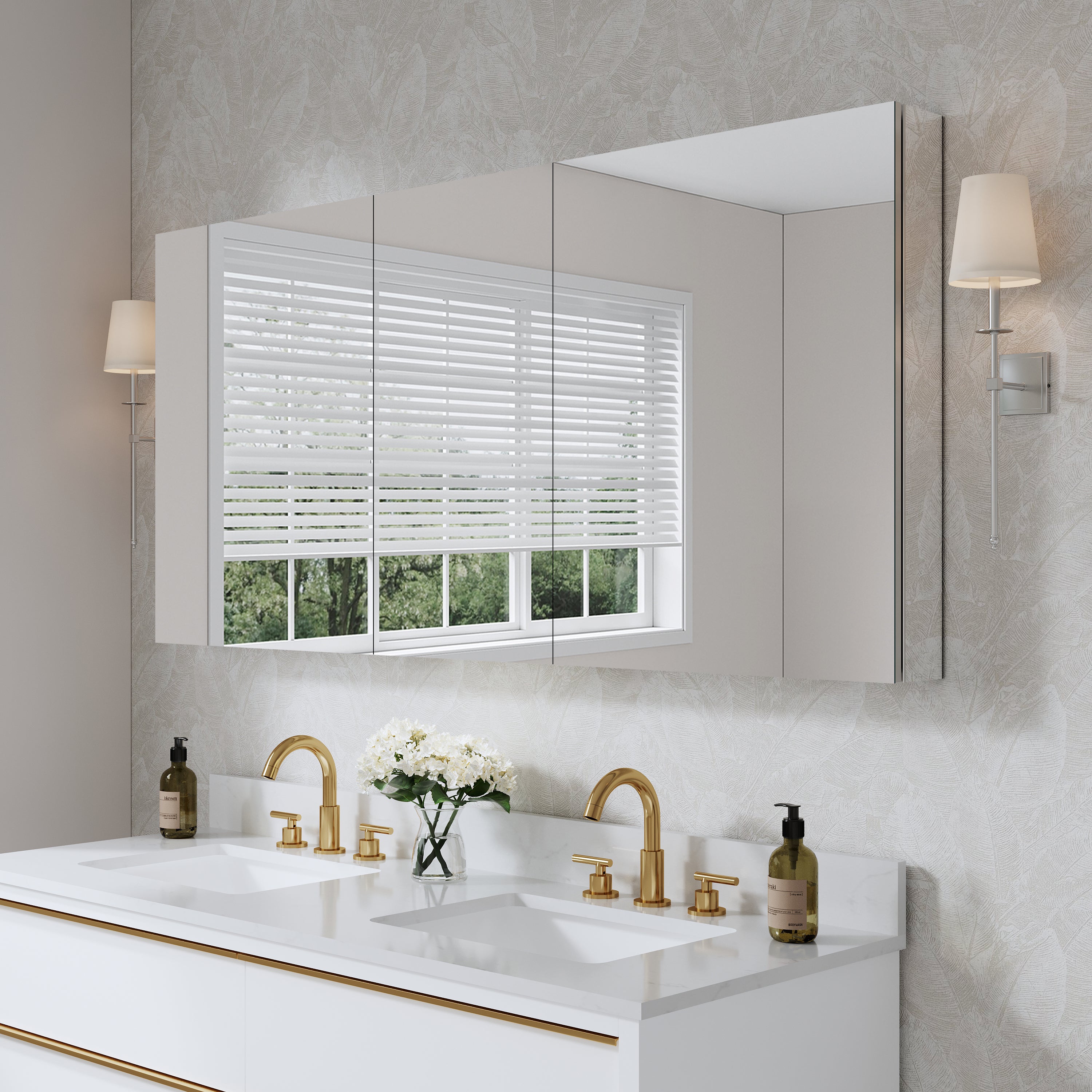

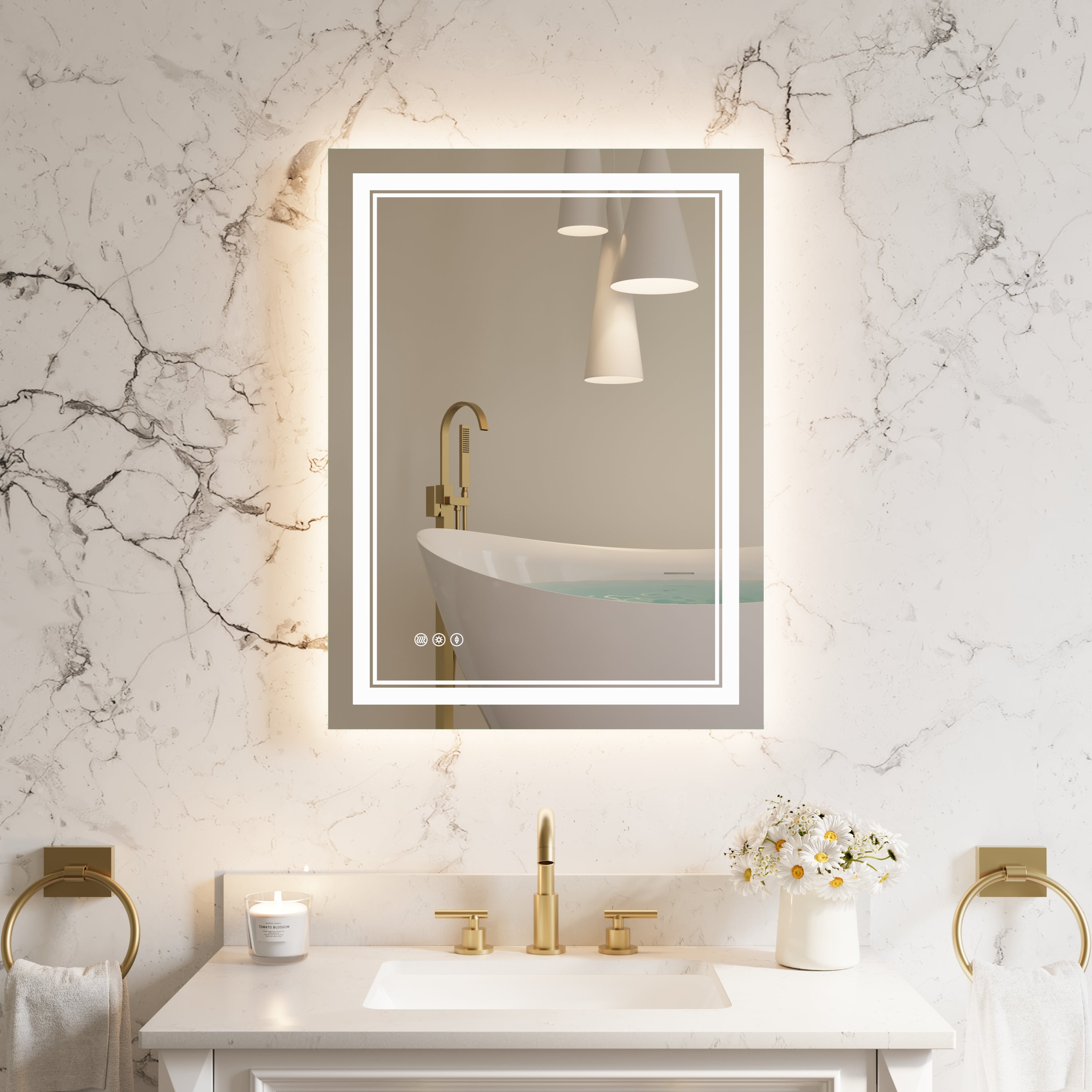
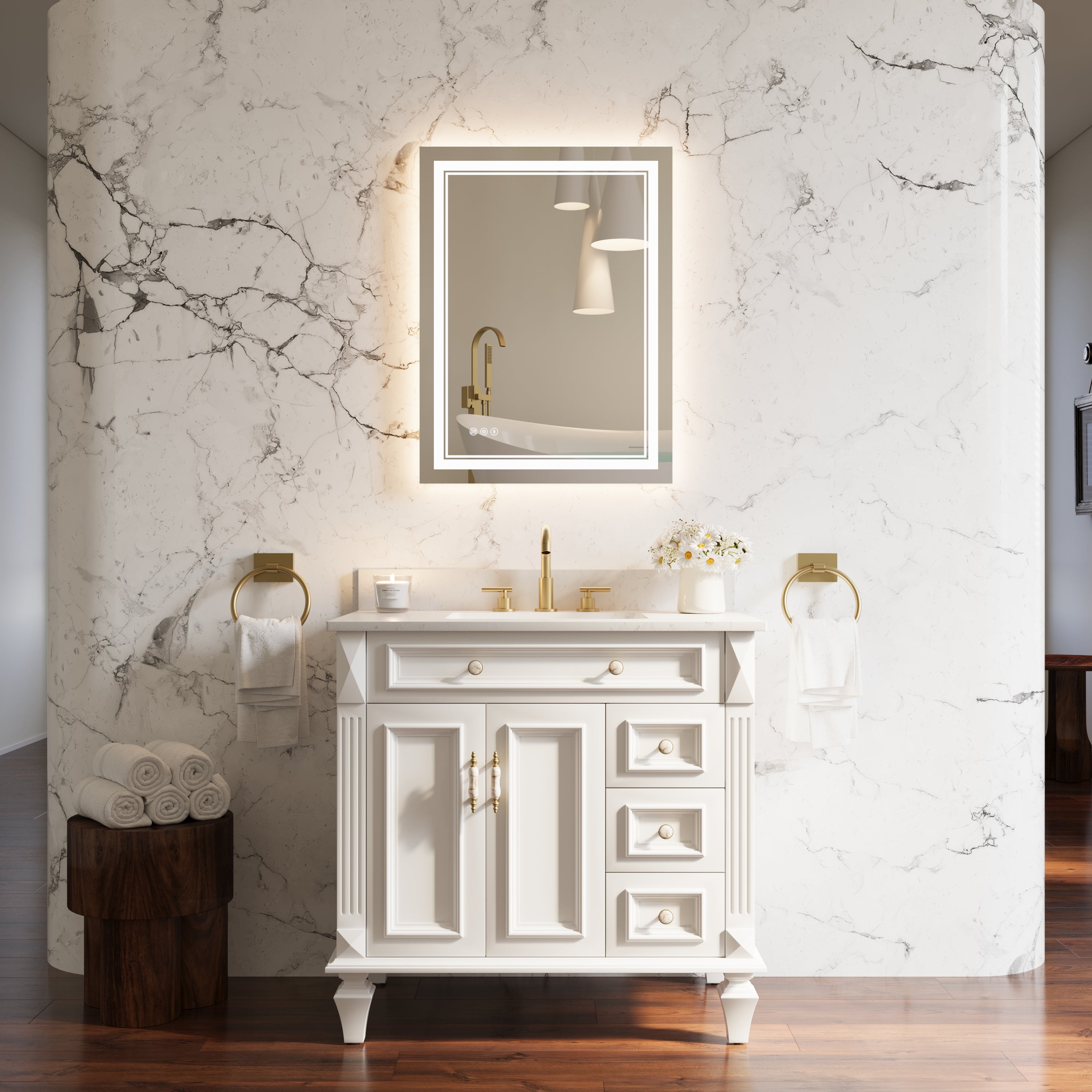
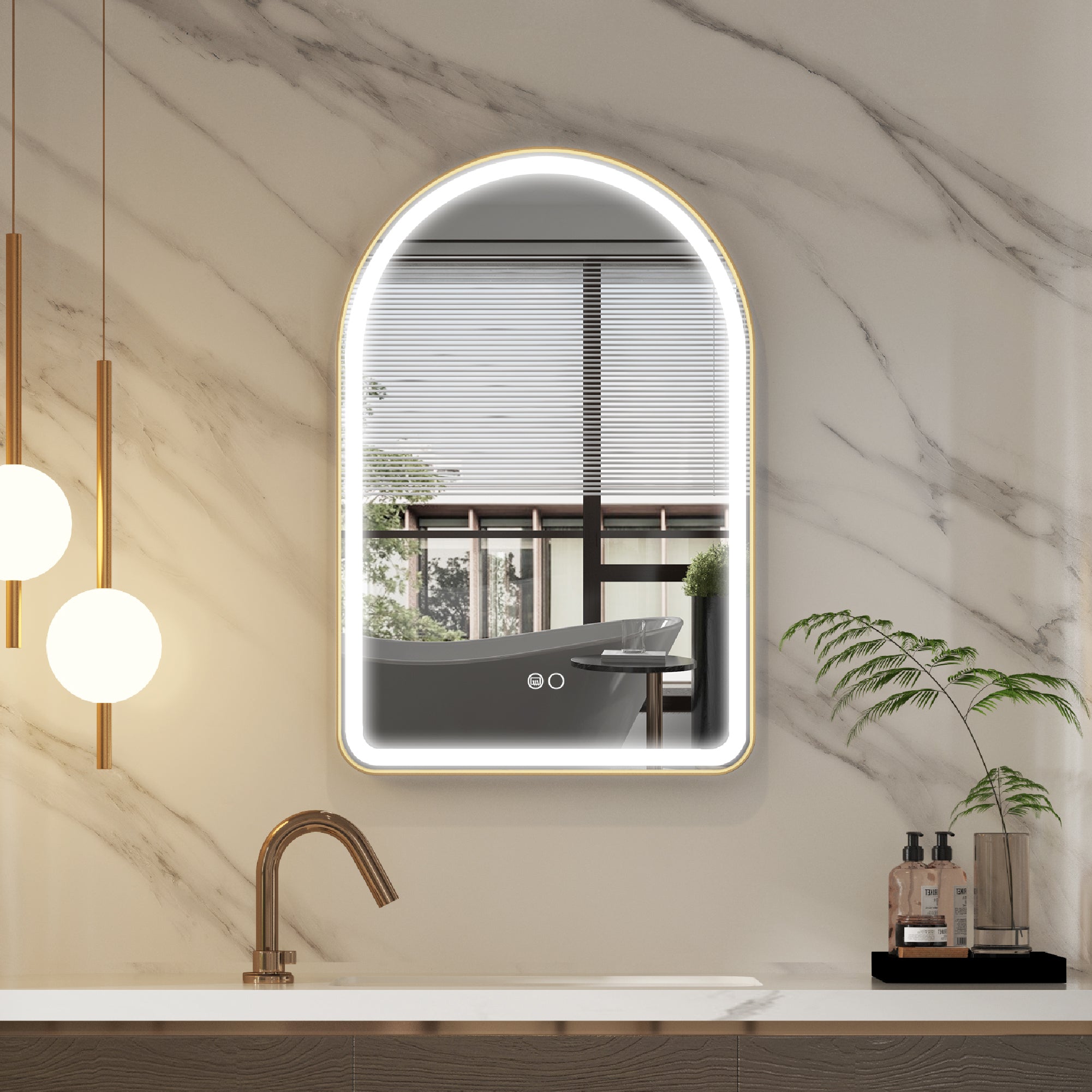
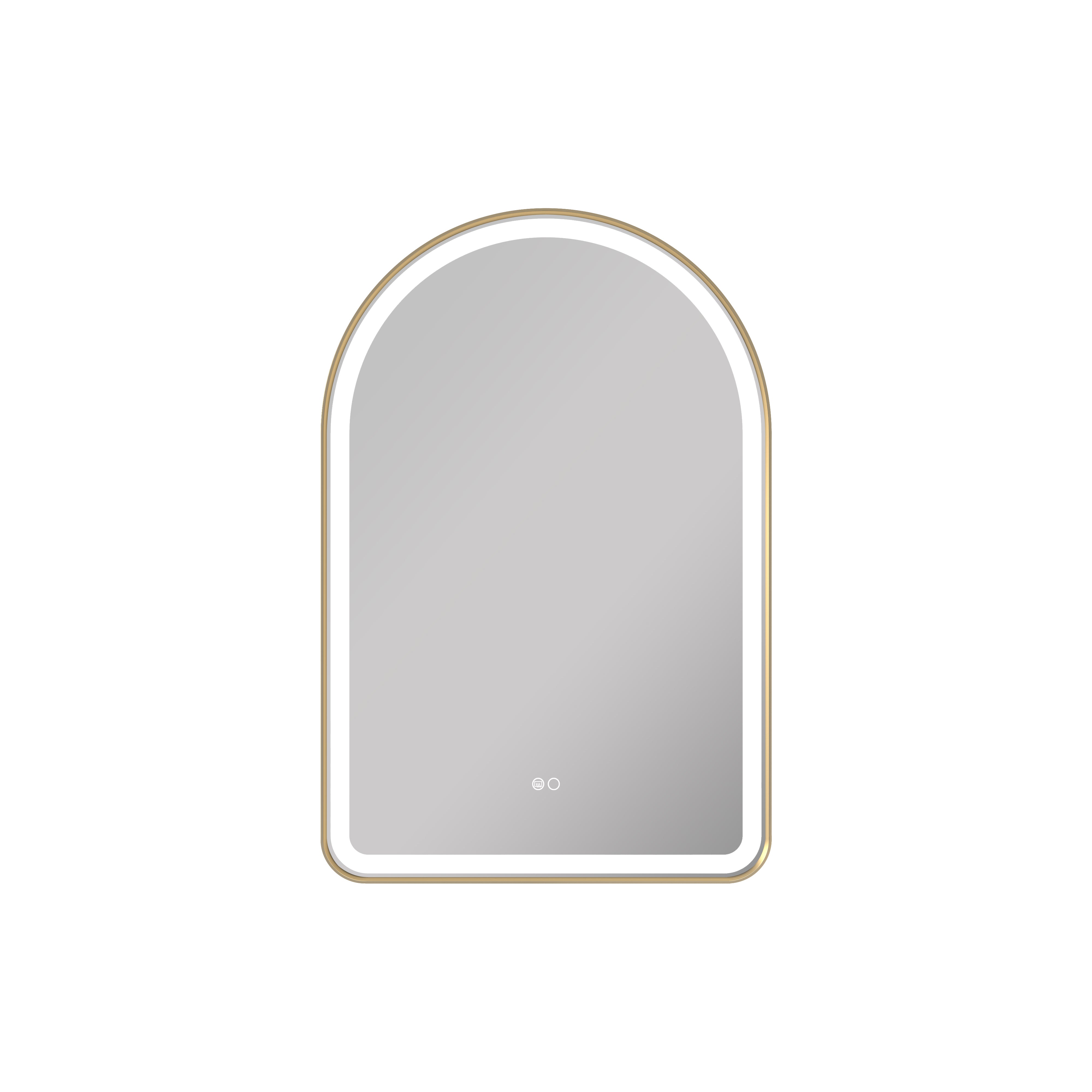
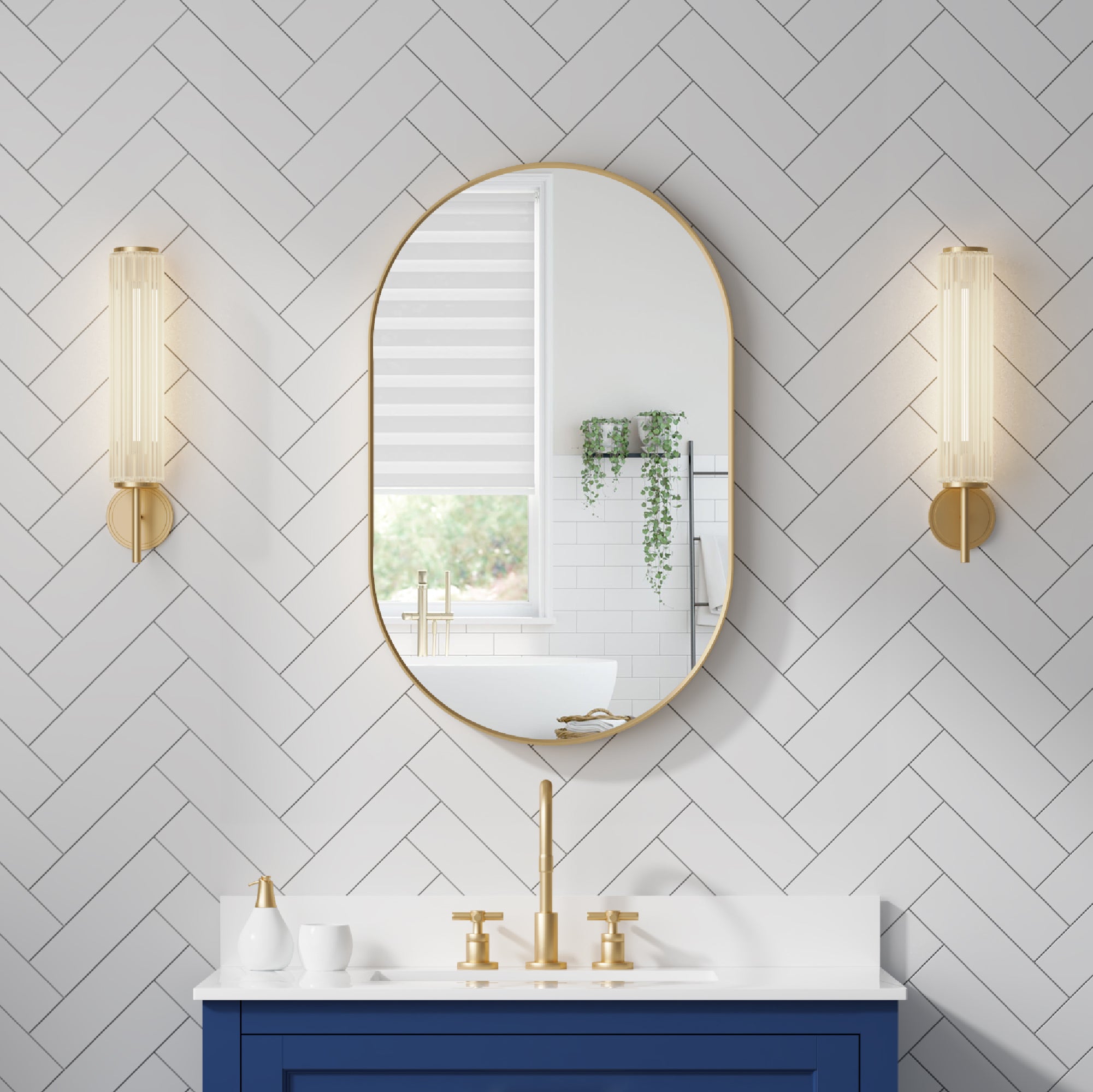
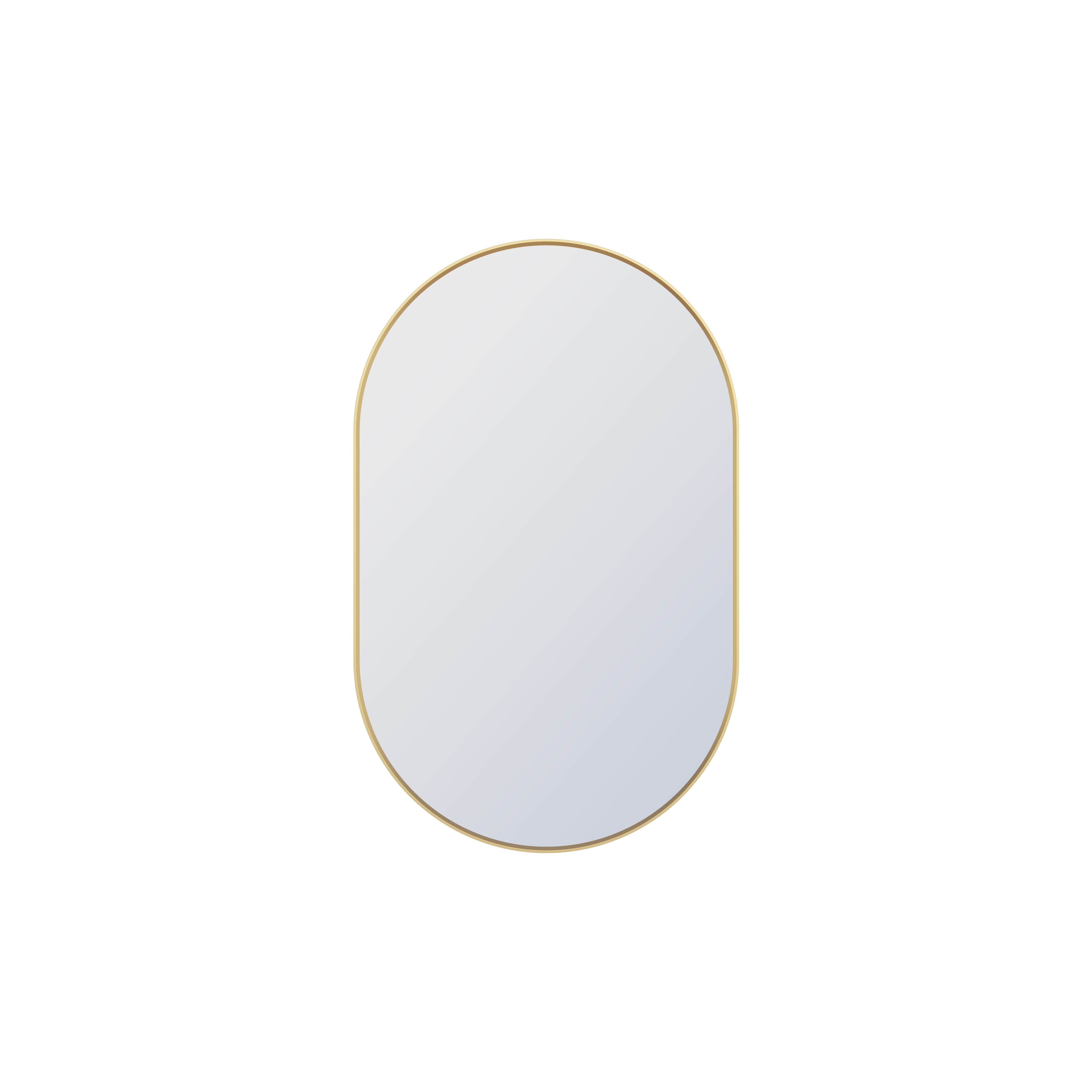
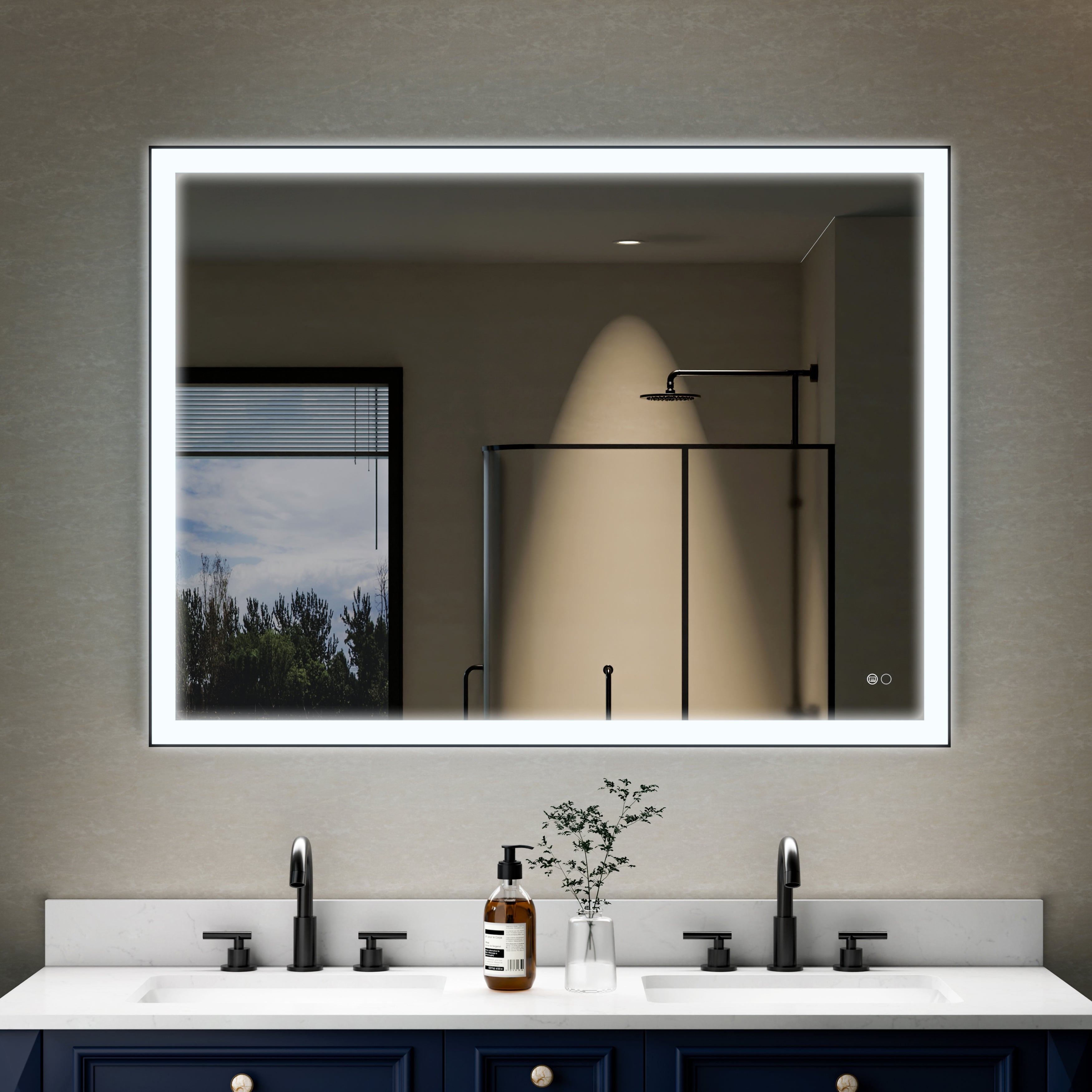
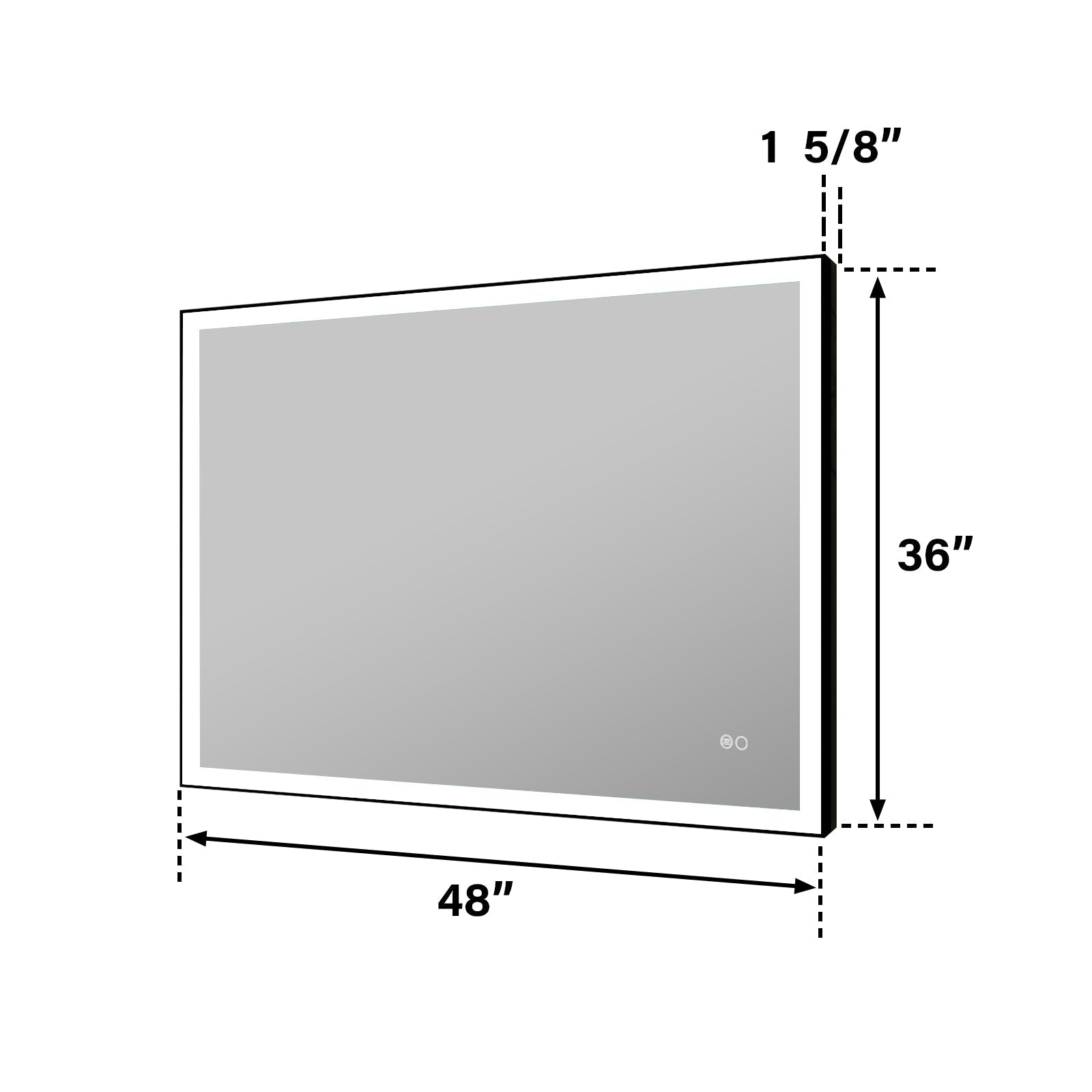
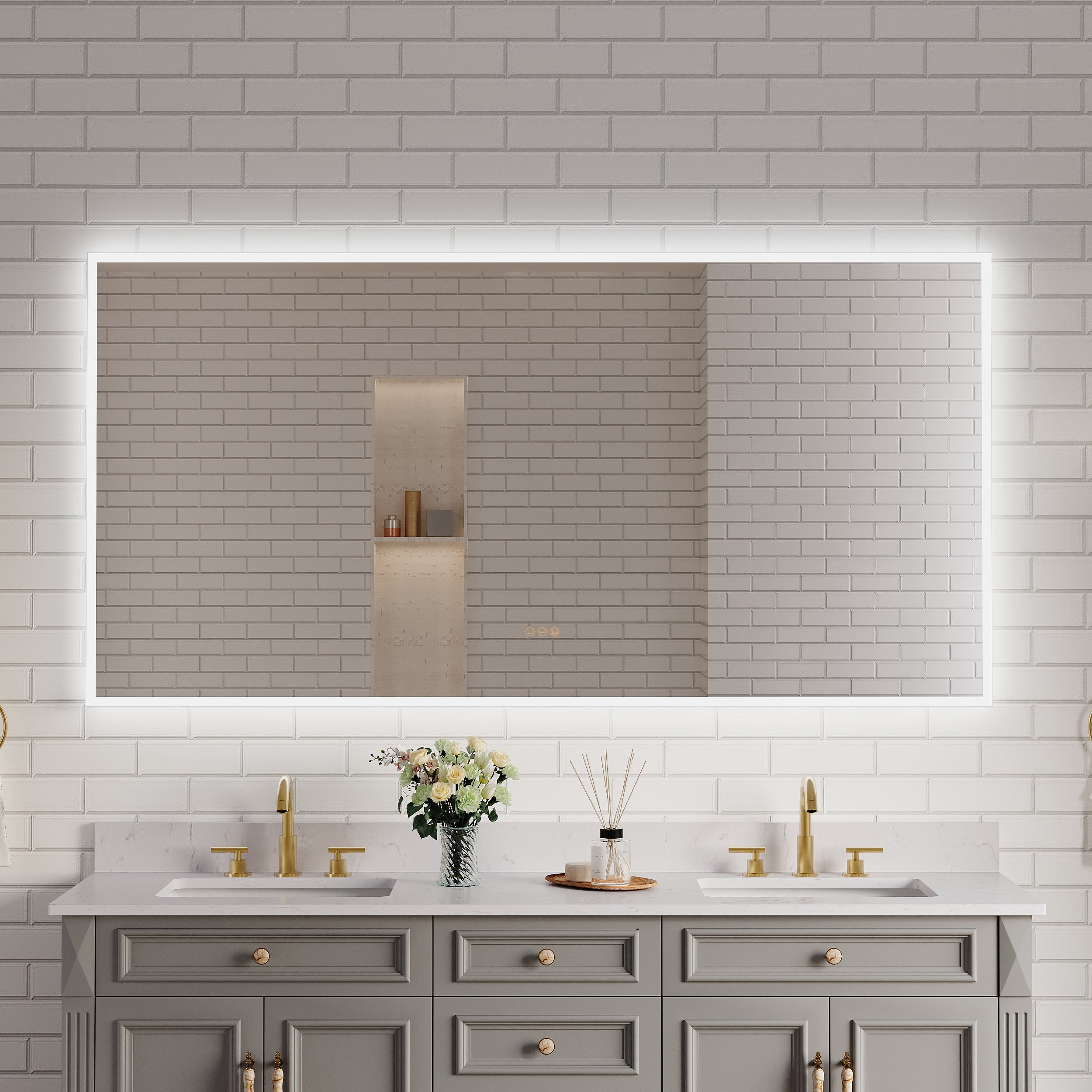

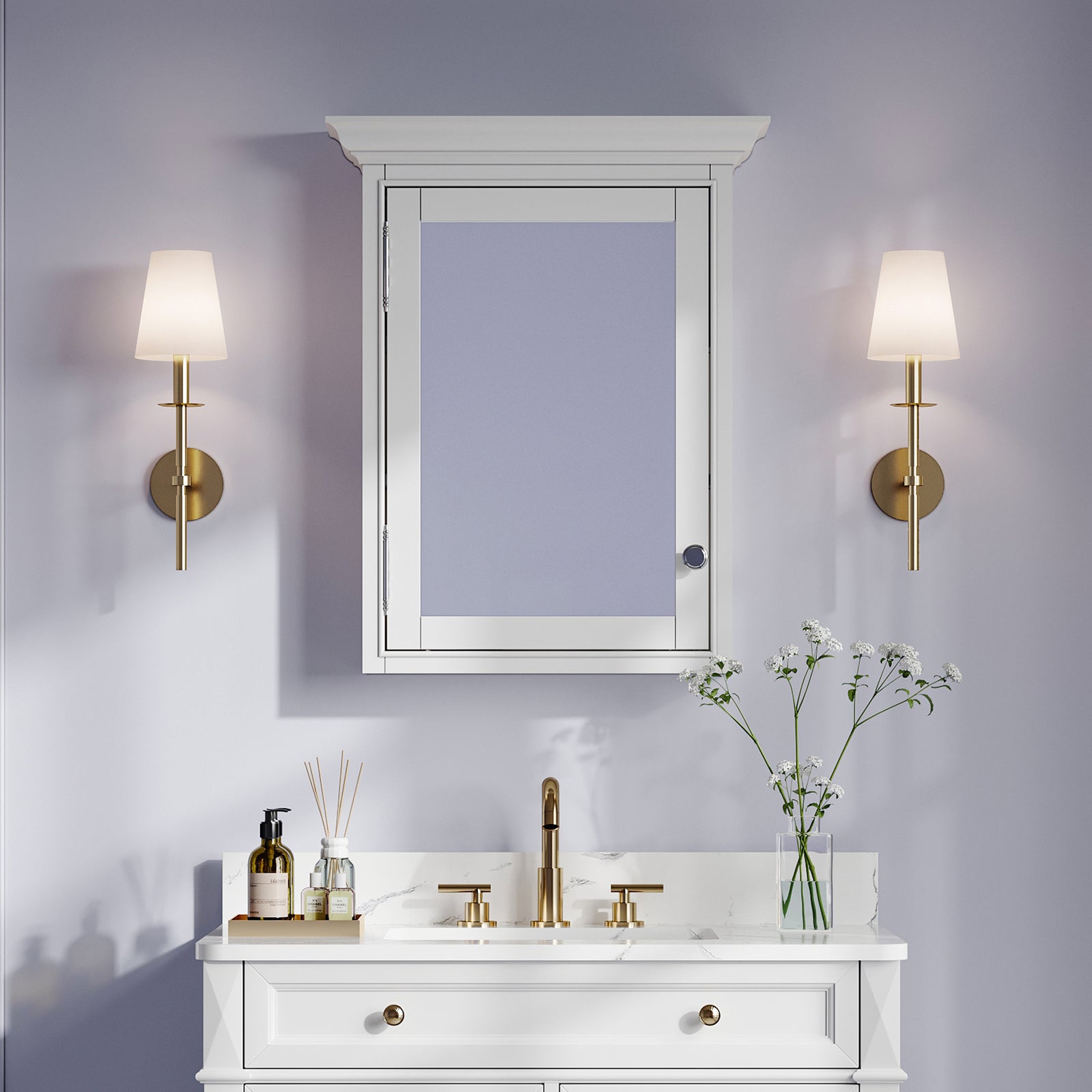
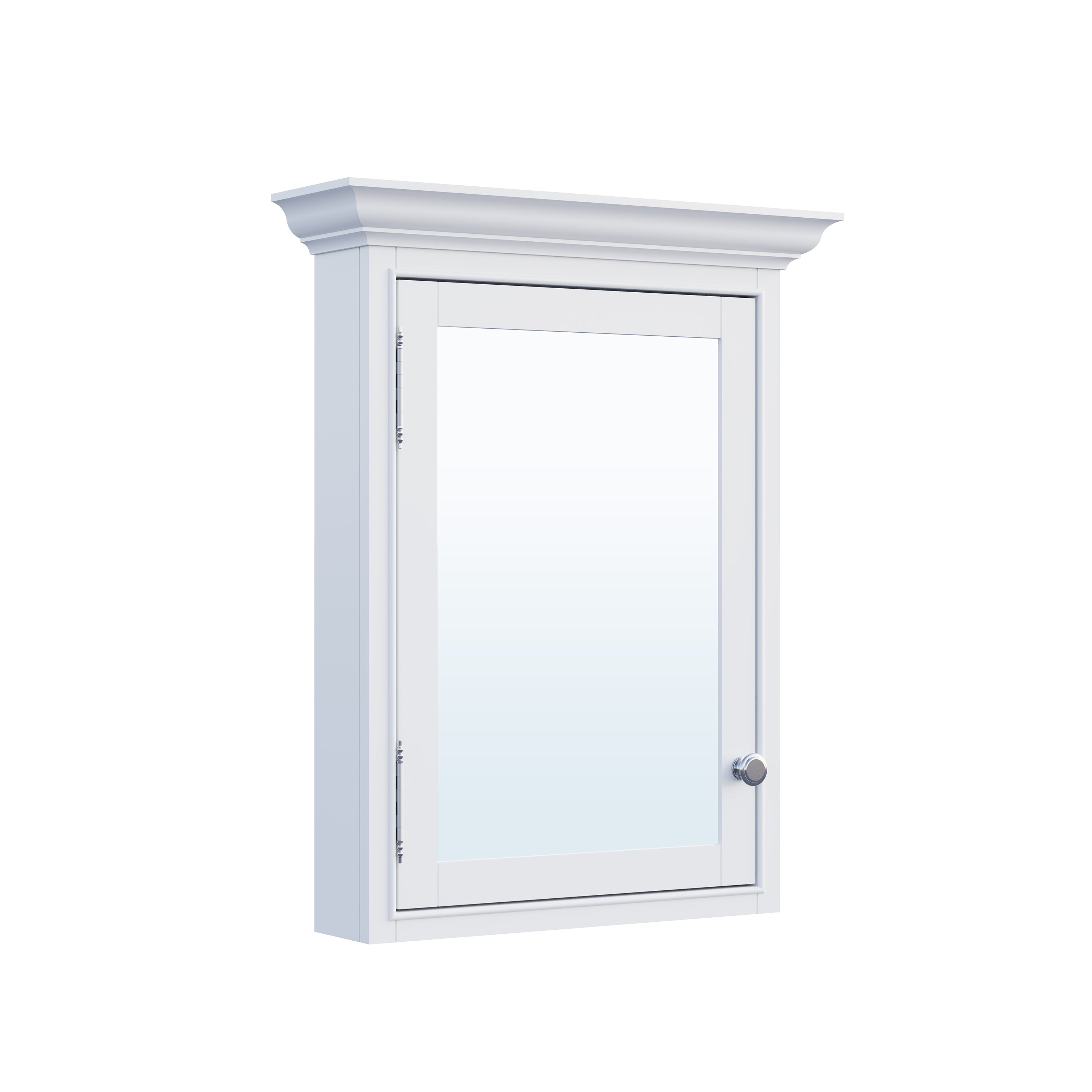
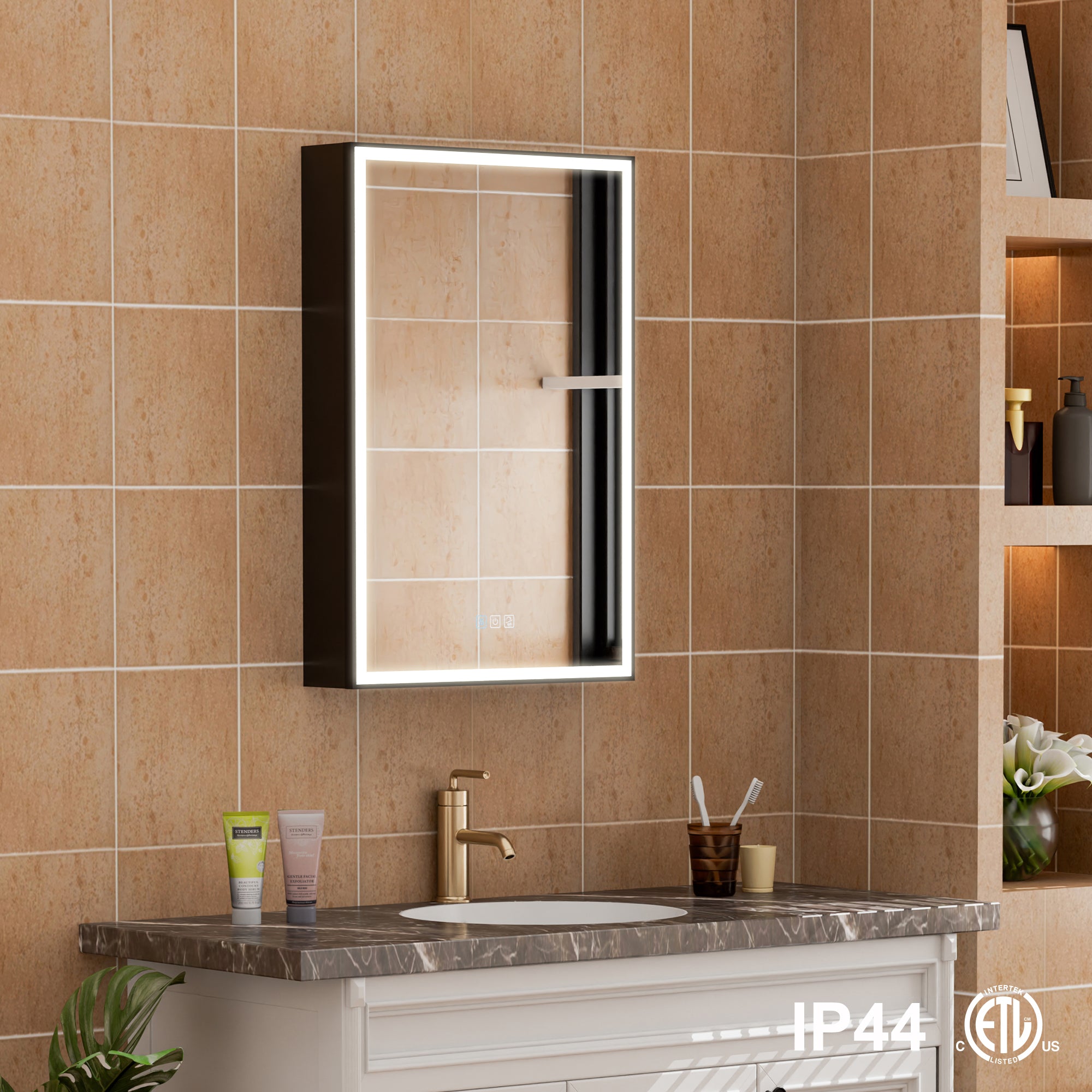

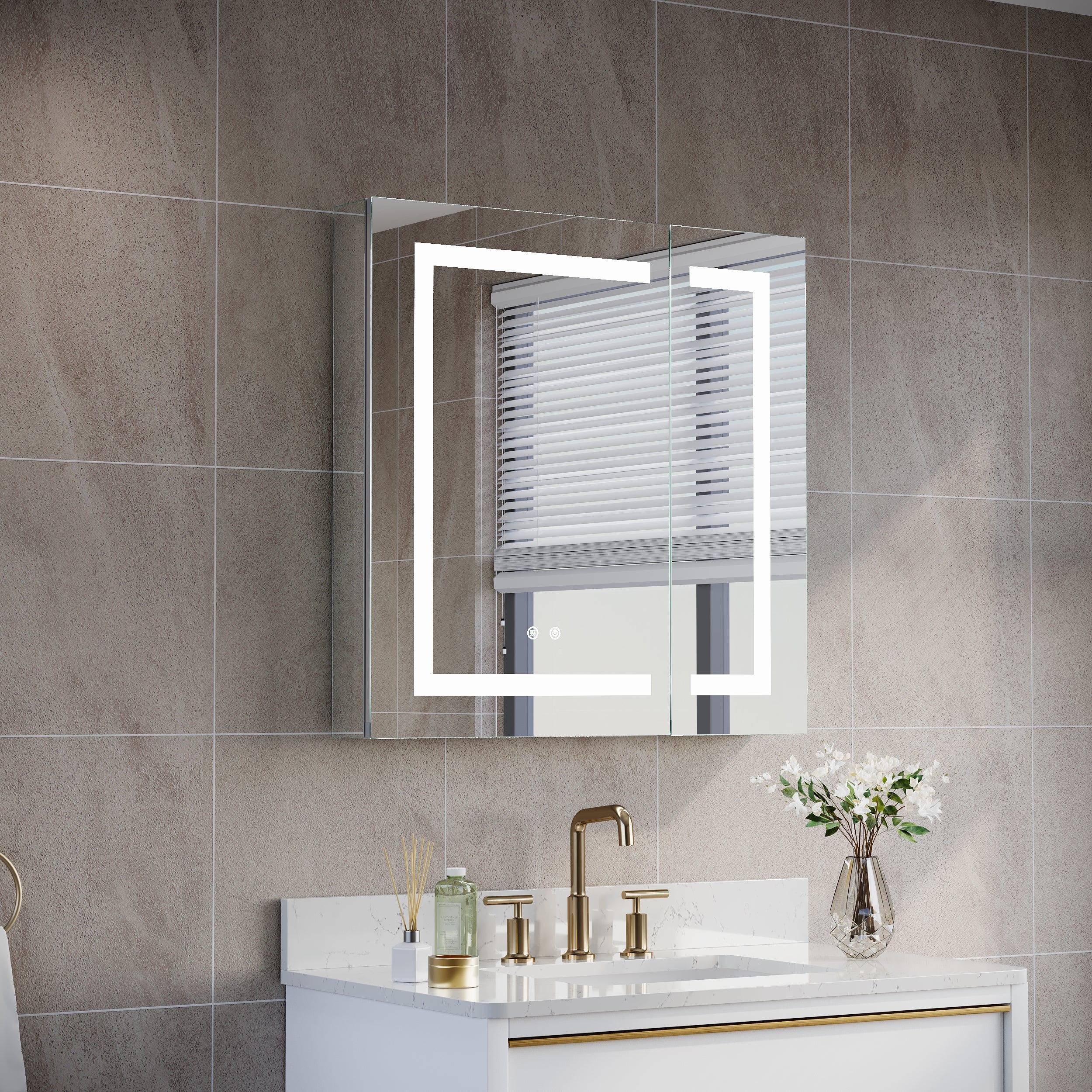
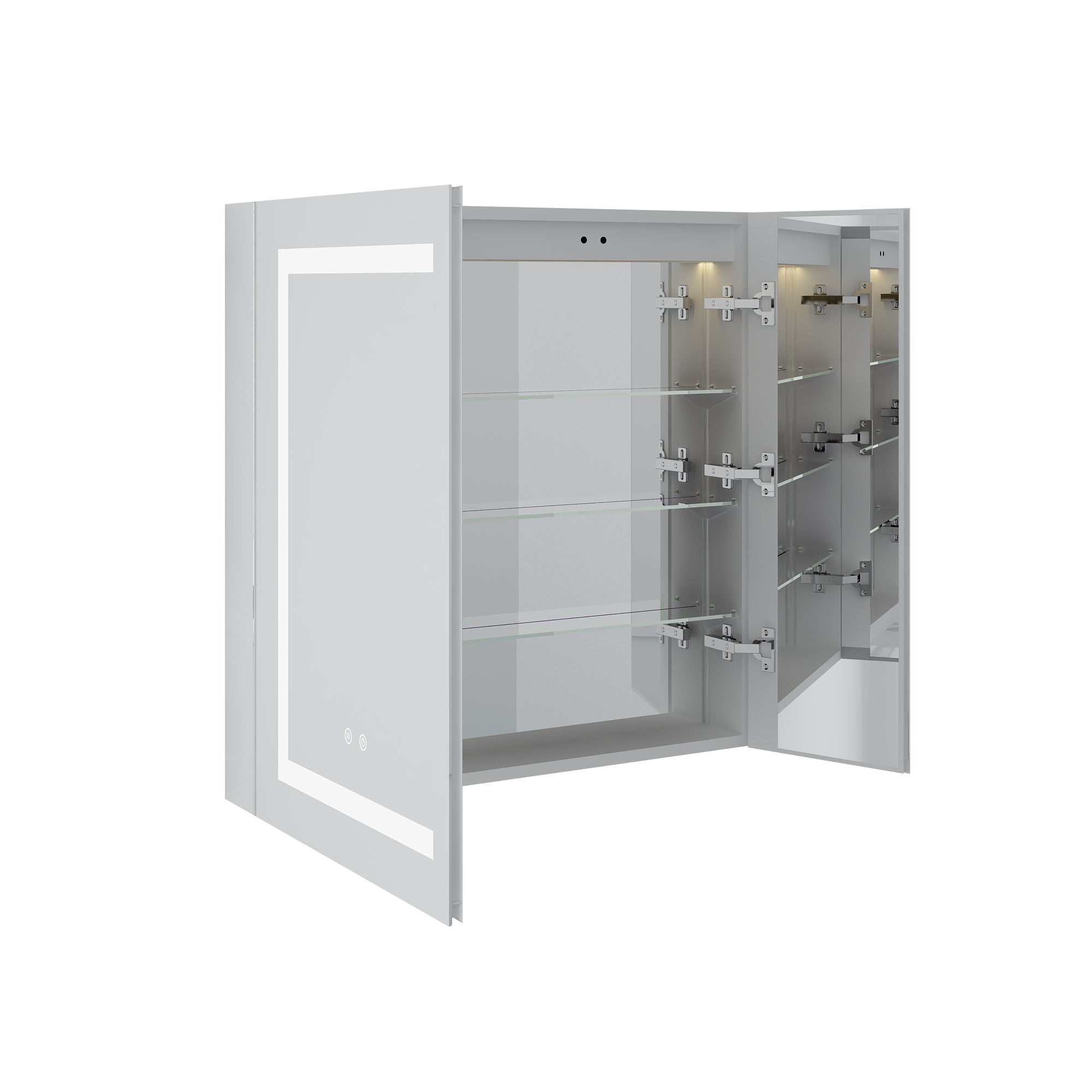

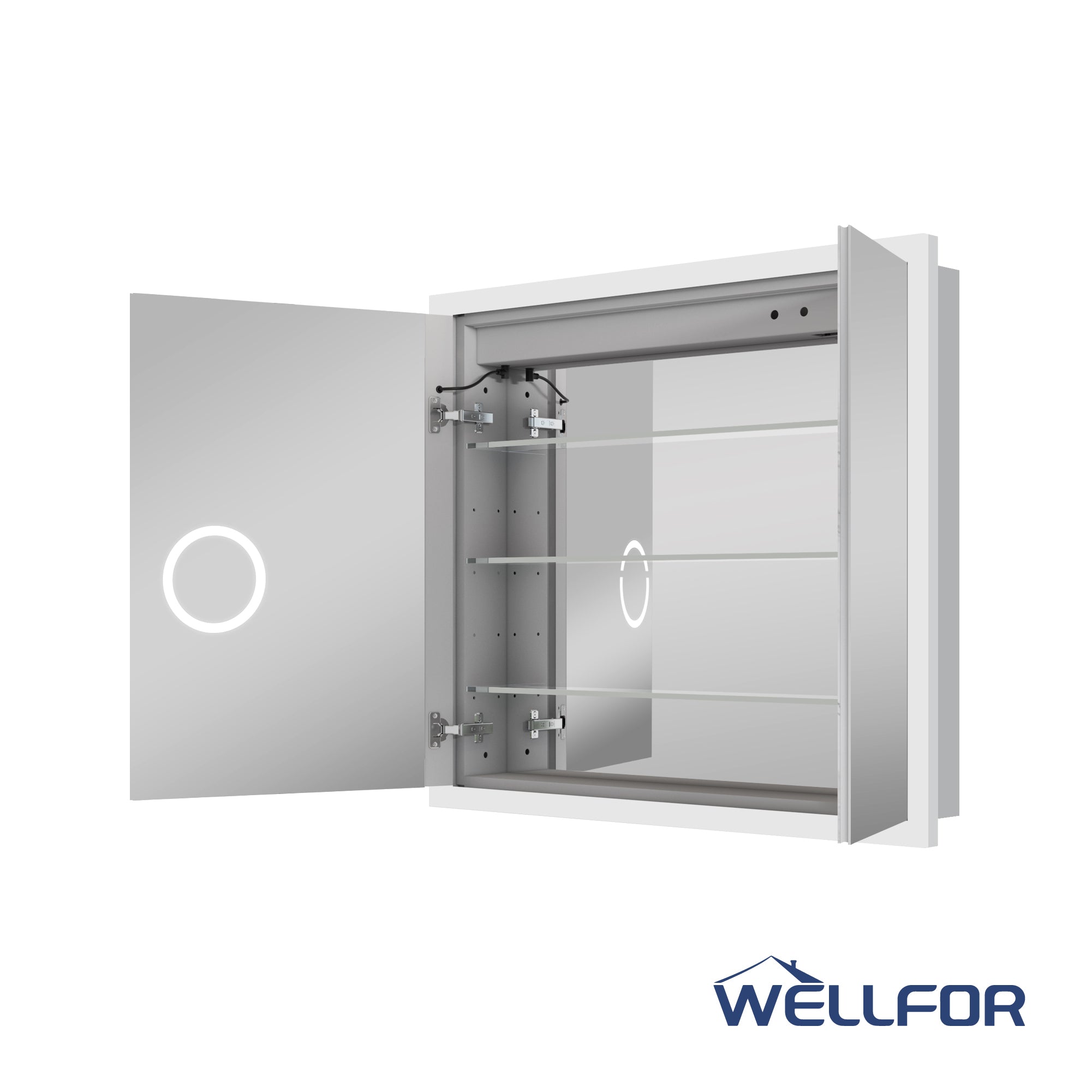
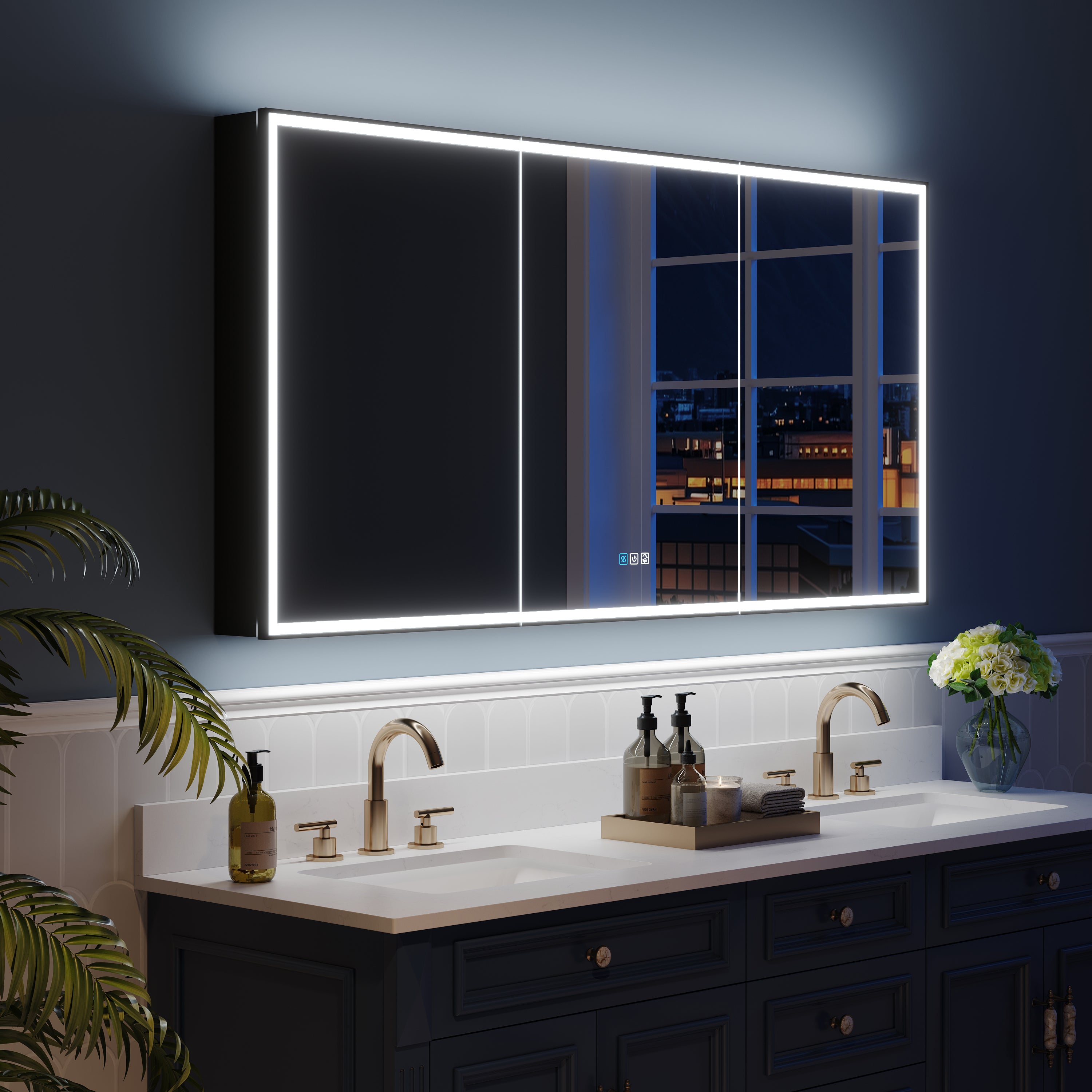
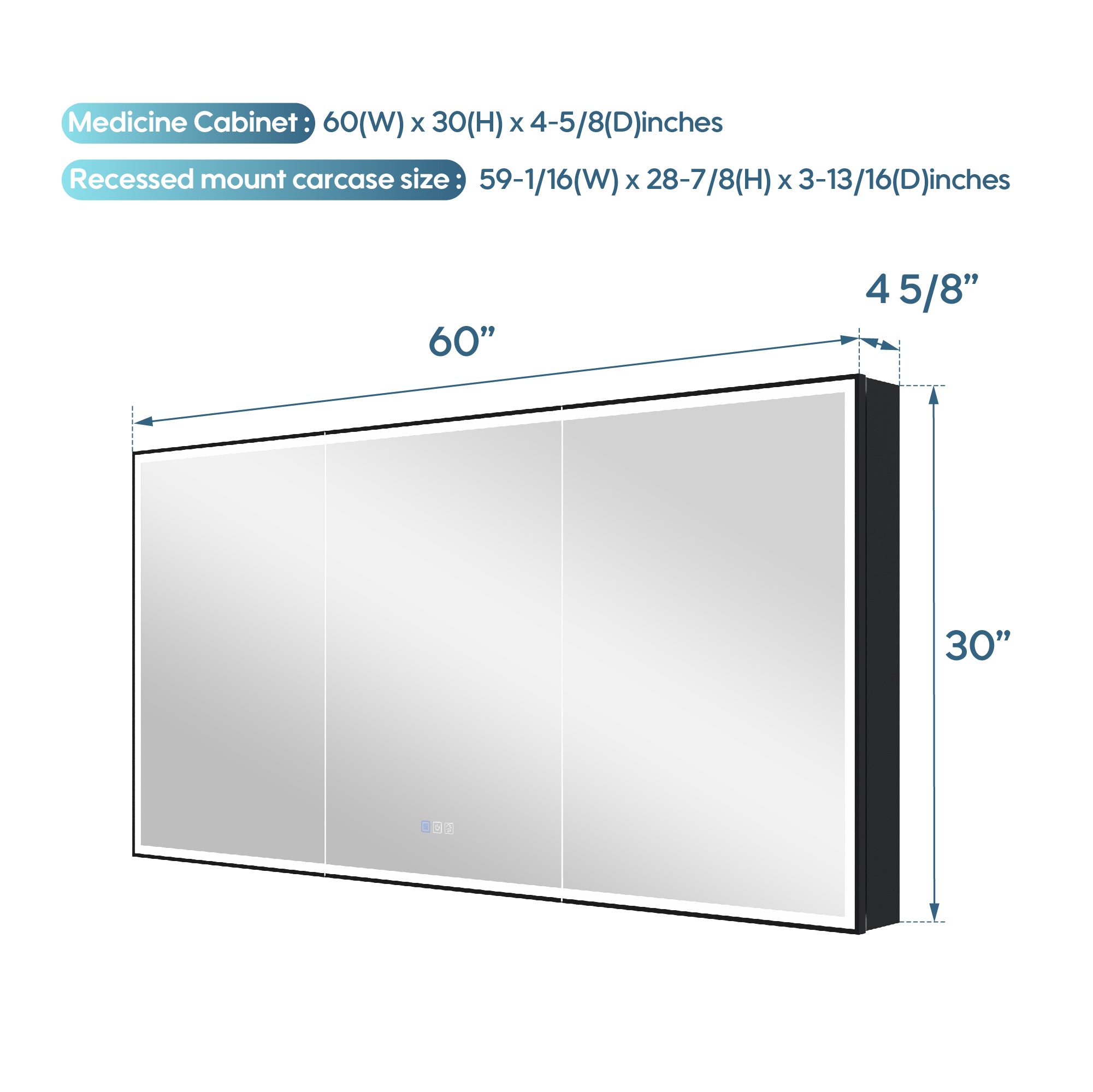
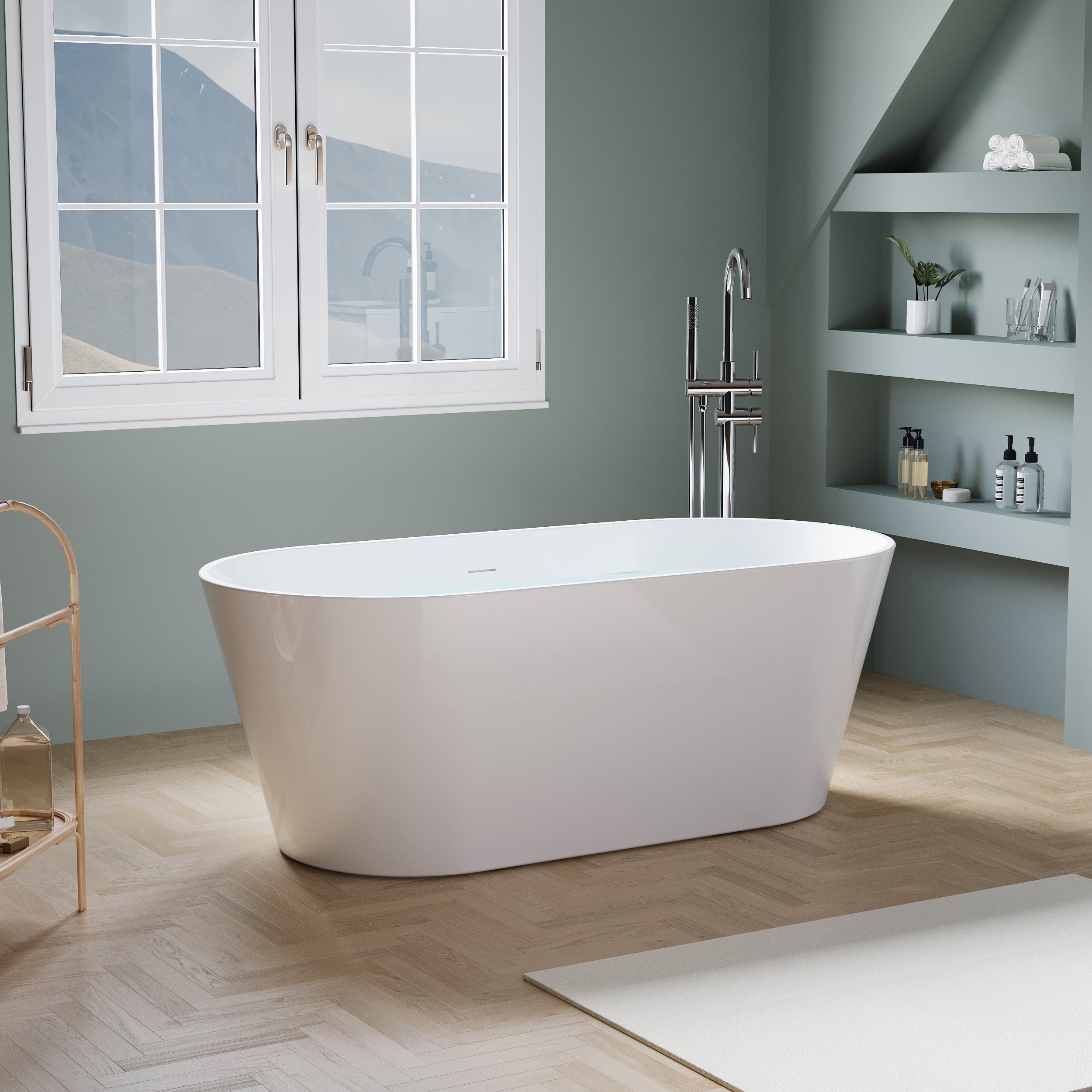



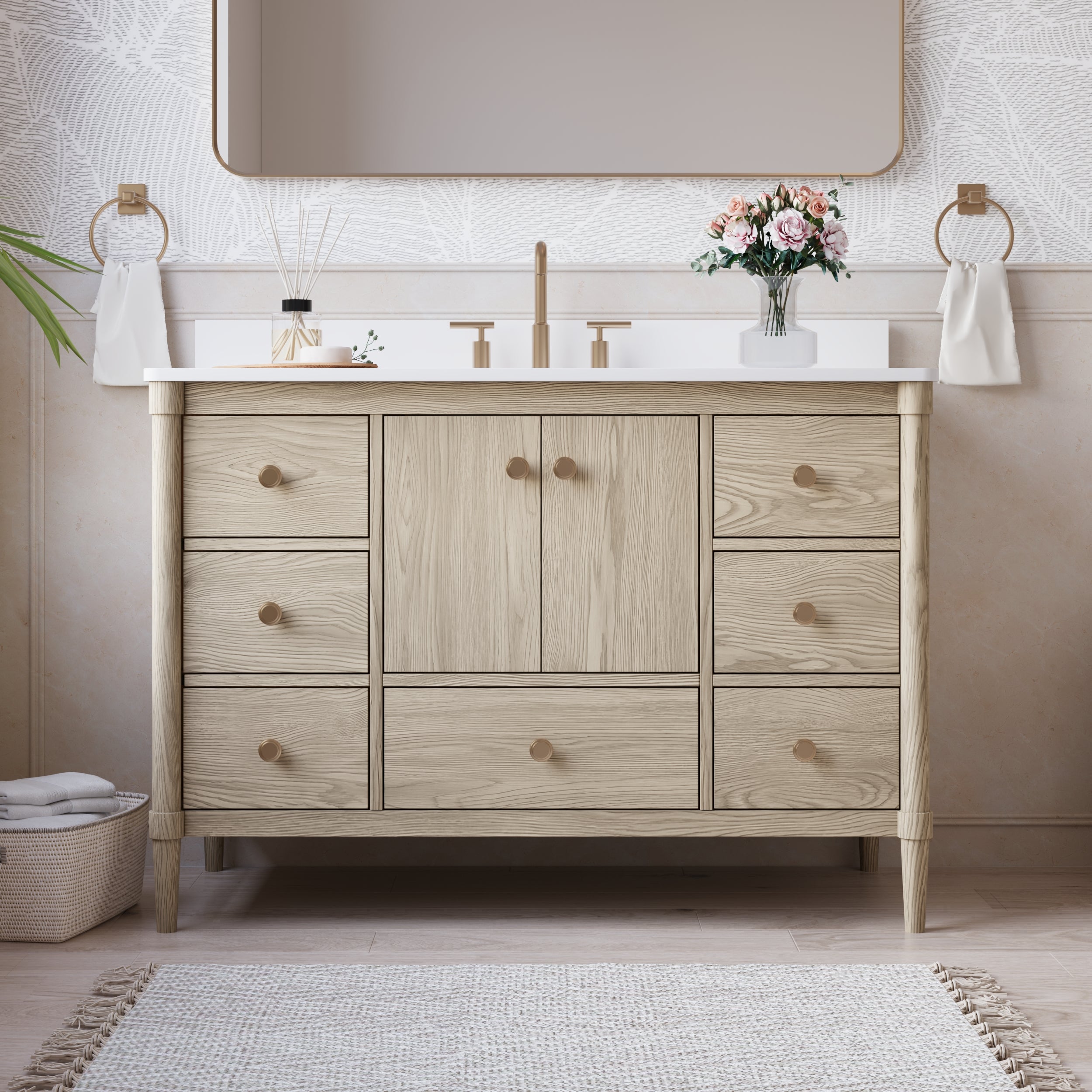
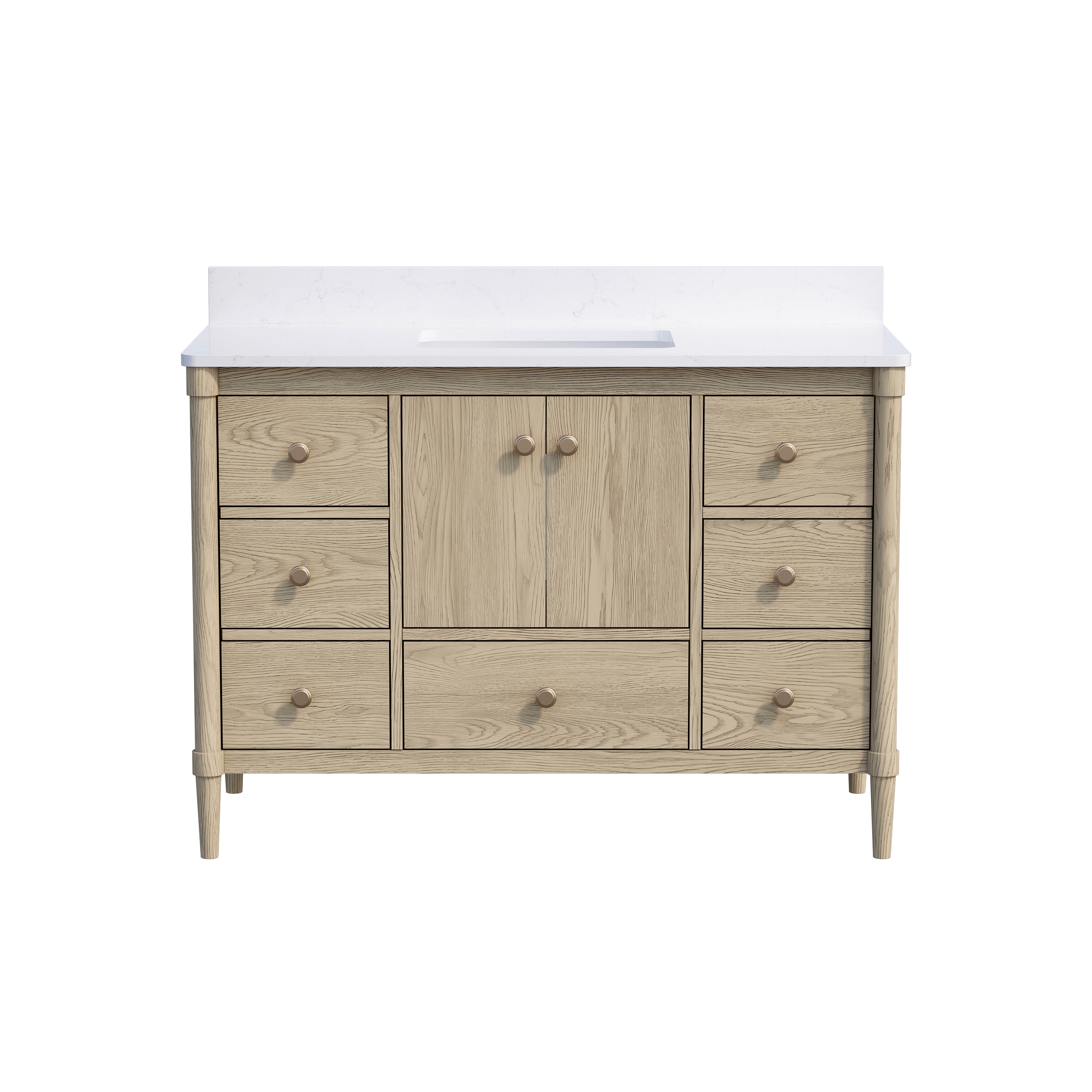
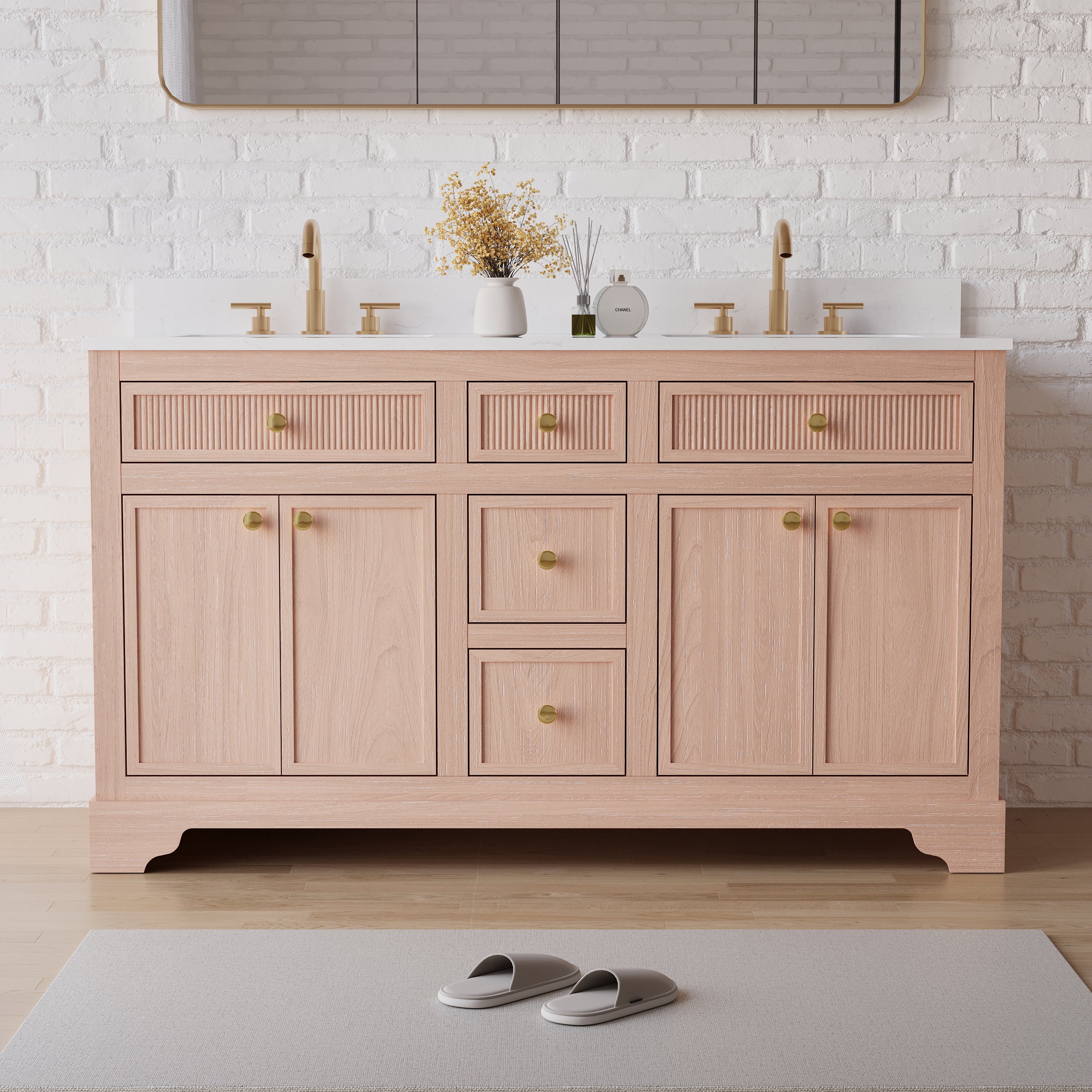
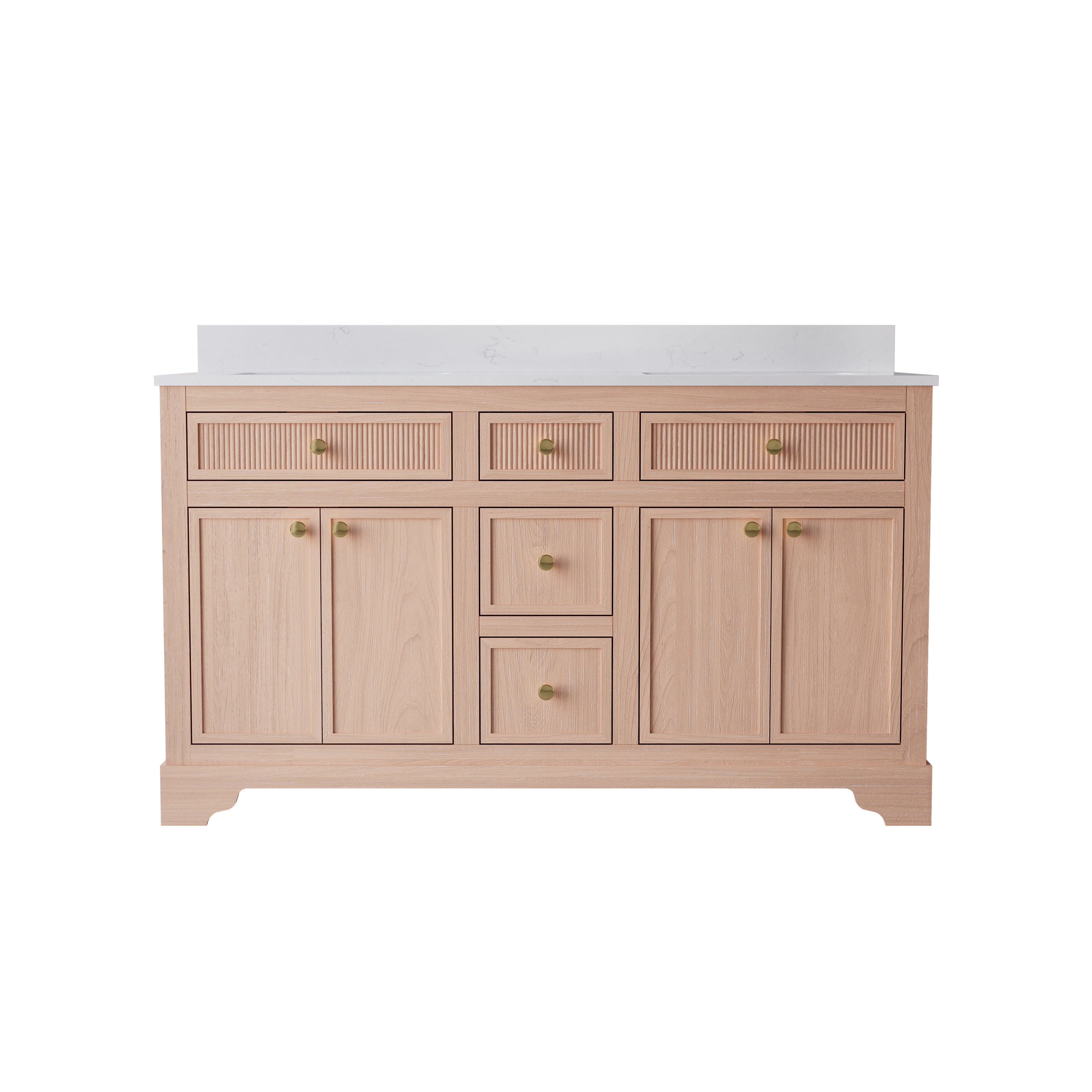
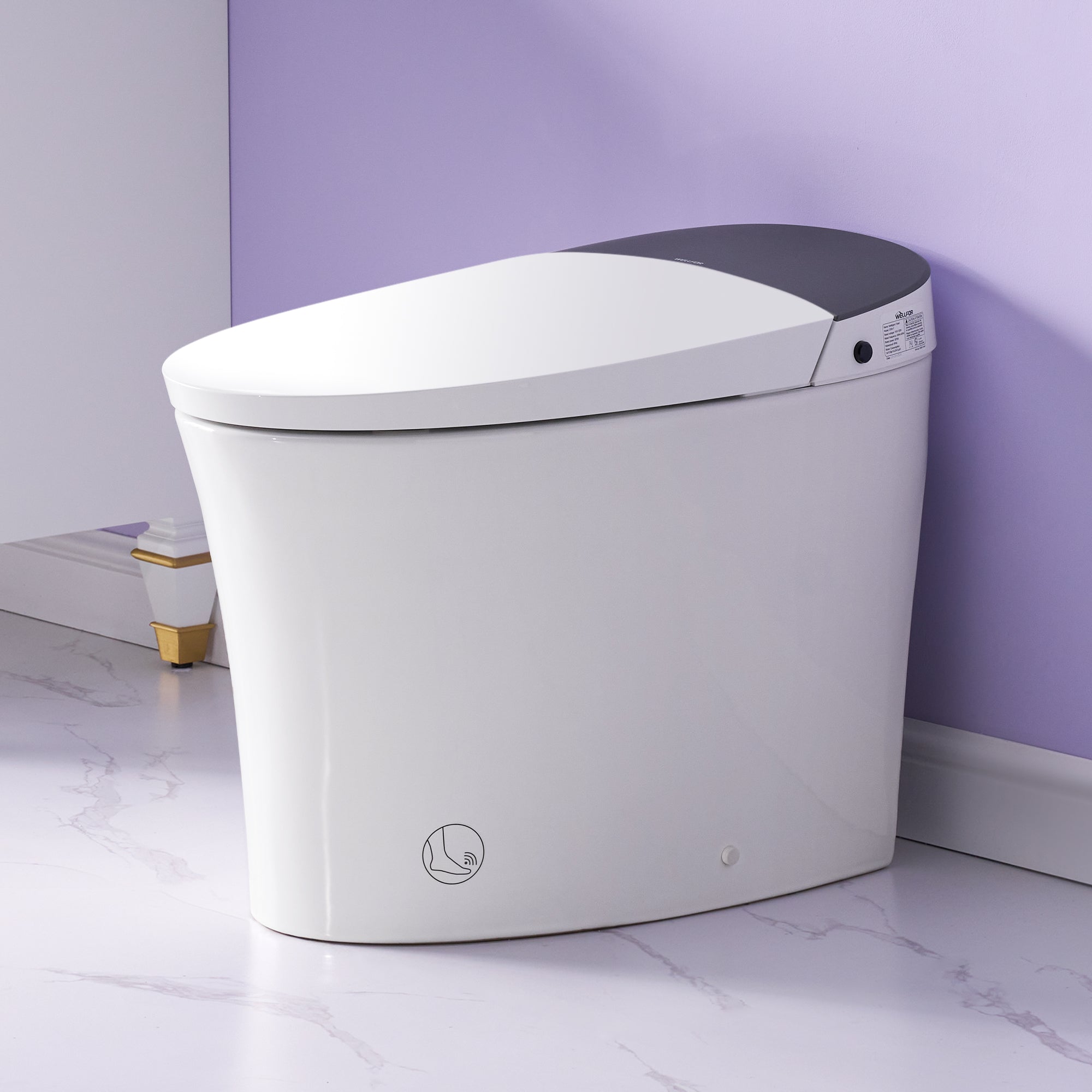
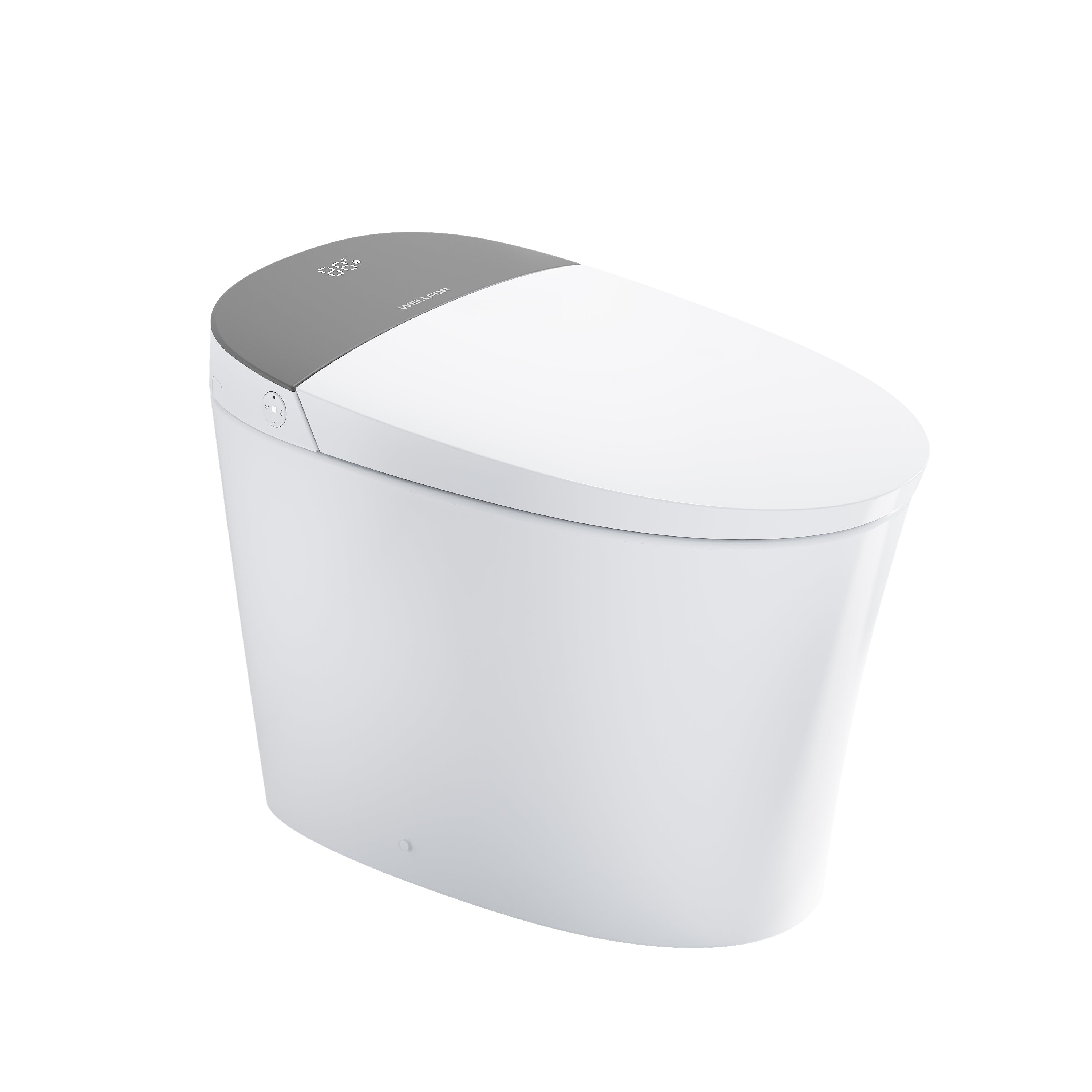
Leave a comment
This site is protected by hCaptcha and the hCaptcha Privacy Policy and Terms of Service apply.